| marc7 travels |
|
The establishment of a colony in Cebu marked that start of the colonization of the Philippines under Spanish rule. Cebu City was the first to be colonized. In no time, business and commerce got stronger in the first established Spanish-period city. The buzz created a bustling business community in Cebu - the Parian. The Parian District of Cebu was once the business center of the city. Its streets were often busy with day-to-day trading. The grand homes of the affluent families once stood side by side showcasing the lavish lifestyles of the rich. Although business activities have slowly expanded in different areas of Metro Cebu, the district has maintained its business temperature, similar to that of Manila’s Quiapo and Sta. Cruz, and a historical core that gives you a glimpse of the district’s glorious past. Cebu Cathedral The Parian District once had three churches sitting at close distance - The Minore Basilica of the Holy Child of Cebu, the Cebu Cathedral, and the Parian Church. Only the first two churches remain standing today while the third church was demolished to avoid further conflict within the parian community. Established in 1595, the Cebu Metropolitan Cathedral is also known as the Parish of St. Vitalis and of the Immaculate Conception. It is the seat of the Archdiocese of Cebu and is the center of the Catholic faith in the region. The church stands in all its grandeur just a block away from the Minore Basilica of the Holy Child of Cebu. Its white-washed facade stands prominently along the Parian district giving us a full look of the Cebuano’s faith through the years. The interior of the church gives it a sanctuary vibe. The high ceiling and the solid wall creates a sense of security inside the church. One will also be amazed by the grand beauty of its altar that radiates in gold. The church is a silent witness to the birth of Christianity in the Philippines making it one structure that is significant in both religion and history. Archdiocesan Museum of Cebu Just right beside the Cebu Cathedral is a heritage structure that serves as the repository of religious artifacts of the archdiocese. It is an ecclesiastical museum that features the architecture and artifacts of the region. It gives its guests a glimpse of the rich past of the region when it comes to the growth of the Catholic faith in the Visayas. The museum is housed in the former rectory of the church that was built in the mid-1800s. It is one of the few Spanish-period structures that was spared from the devastation World War 2. The structure was built under the bahay-na-bato architecture with a huge courtyard. Officially opened in 2006, it aims to be an instrument to spread and strengthen the faith in the region. The first floor houses a chapel, a patio, and the courtyard. The chapel features religious artifacts collection from some of the old churches in the region. Its main draw is the chapel that features the relics of saints on display where you can also offer your prayers. The patio, with a small fountain at the center, opens to the courtyard of the museum. The old surviving bells of the cathedral are also on display at the courtyard of the museum. The second floor of the museum features exhibits artifacts on the humble beginnings of Christianity in Cebu. It also gives a detailed description and analysis of architectures of churches and cemeteries that highlight the influences of these designs, from cemetery chapels to church courtyards. Personal effects of former church leaders are also on display giving you a glimpse of how they lived humbly during their terms. The exhibit gives you a brief on the lives of religious leaders as they lived in their times. The Archdiocesan Museum of Cebu is a great way to look into the roots of Christianity in the country. It gives you a better understanding of the Catholic faith that should strengthen your faith to the Lord. In the end, the objective of the museum is to strengthen one’s faith through its exhibits. It is meant to make its guest realize how one’s faith can and will surpass time. Colon Street A five-minute walk from the Cebu Cathedral brings you to the oldest street in the Philippines - Colon Street. The “Dalan Colon” traces its beginnings when the Spanish Conquistador, Miguel Lopez de Legazpi, established a colony in the 16th century. Colon was built in 1565 and was named after Christopher Columbus. The 1.17-kilometer street connects the Parian District to the Spanish colony complex during its early years. This historical street was later developed as a business and commerce district of the old Cebu. As the city developed and expanded, it has been run down and is now referred to as downtown. We could say that, at present, its is similar to the Quiapo and Binondo area of Manila where old businesses still thrive. An Obelisk now stands on the end of the street where a historical marker and a old photograph of the street was installed to indicate its historical significance in the development of the city and the country. Heritage of Cebu Monument Located at the heart of the Parian District, the Heritage of Cebu Monument stands as a majestic representation of Cebu’s historical significance. It is a tableau of the significant points of history that older the city and the country - from the Battle of Mactan to the Cebuano’s faith to the Santo Nino to the inauguration of the first Cebuano President, Sergio Osmena, to the canonization of Pedro Calungsod. The monument is the Cebuano’s story in one huge artwork. The monument historically stands close to the site where the third Parian Church, St. John the Baptist Church, once stood. The monument was made from concrete, bronze, brass, and steel. It was a collaborative work by sculptor Eduardo Castillo, Architect Heradio Espanol, and Architect Ildefonso Santos. The Heritage of Cebu is the centerpiece of the Parian Park and serves as a welcome icon to the city’s Parian District. 1730 Jesuit House I have visited and explored the city of Cebu numerous times BUT the 1730 Jesuit House was my BIGGEST discovery in this trip. Who would have thought that hidden behind an unassuming warehouse is the oldest Jesuit House in the country. I accidentally stumbled on this gem after seeing it on google map while in the area and, after checking it out, got me VERY interested. The old soul in me had giddy to explore the house. As shared by the guide, the house was part of the property that was bought in the 1960s to serve as a warehouse and office of the Sy-owned business. There were indications that the house was old, including an engraved medallion bearing the year 1730, however it was only in the 70s where the family found out its religious and historical significance. This marked the beginning of the restoration process of the oldest known Jesuit House in the country. It has now become a repository of historical artifacts and personal effects of the family passed on from generation to generation. There are two buildings in the compound. As you enter Building A, you will be walked through a brief history of the house where you will be given a brief on the house’s significance and discovery. Historical artifacts, excavated during its restoration, are also on display, indicating how the structure aged very well. There have been some renovations done in the house but a large part of the house, foundations and flooring, remain in its original state. The upper floors have become a repository of personal effects of the Sy family giving you a glimpse of their life in different periods. These personal effects include furnitures, old photographs, and fixtures that were in use during their time. What is interesting is how these stories are weaved into the house’s history. You literally walk through different time periods inside the house. Of course, there are also paranormal stories that were shared that usually forms part of the colorful history of heritage structures. Building B is believed to be the old house’s balcony which has been converted into an office and residential area. The old house was also believed to have a watch tower when it was under the Jesuits. It was great to see that the Sy owners were quick to keep the house intact even when they could have torn it down for business. They kept it close to its original design thus keeping its heritage and cultural value. The 1730 Jesuit House, despite hidden from plain site, gives us centuries of stories that helps us understand how our history was molded - from the Spanish period to the present. Yap-Sandiego Ancestral House Another popular ancestral house to visit in Cebu is the Yap-Sandiego House just a block away from the 1730 Jesuit House. It is one of the oldest houses in the Parian district and is believed to have been built in the 1700s by Chinese merchant, Don Juan Yap. The bahay-na-bato house was built from coral stones and wood giving you a glimpse of the parian architecture during that period. It is often referred to as the “Balay nga Bato ug Kahoy” by locals. The ancestral house has been converted into a museum by the present Yap generation. It has served as the repository of family heirlooms and guests can view these period pieces that gives you a glimpse of the lifestyle of the Yap family spanning 8 generations. From antique furnitures to glasswares to religious images, the collections will overwhelm you with its beauty and history. The house also features traditional dance presentations on special days at the garden area. The wide collection of artifacts and heirlooms of the Yap-Sandiego House can be overwhelming since it is tightly displayed in a limited space. It is also still in use by the present owners and is also the venue of an annual dance celebration. It is one of the oldest houses in the Parian District and worth visiting to give you a feel of how the old Cebu looks and feels like. Casa Gorordo Built in the 1850s, Casa Gorordo Museum was once the home of the Gorordo clan who were originally from Spain. The house has been the home of the Gorordo’s since 1863 and has also once been the home of the first Filipino Bishop of Cebu, Father Juan Gorordo. The house has survived two revolutions and World War 2. The house have undergone some changes brought by the changes in time and beliefs and yet it has managed to keep its identity as an example of Cebuano architecture. The house was designed under the bahay-na-bato architecture with a huge lawn and azotea. The design and its size are a strong indication of the power and wealth of the Gorordo’s of Cebu. The heritage structure was turned into a museum that features the colorful cultures and practices of the parian district and the lifestyle of the families like Gorordo’s during that period. The first floor walked us through the Parian district’s life during its heydays. From its humble beginnings to the way of living to the religious practices, each section gives you an overview of how it was to live during that period. The second floor gives us a preview of the lifestyle of the Gorordo family. Each room was curated to show visitors how each room was utilized. From the receiving areas to the prayer room to the dining area, it showcased the beliefs and practices during that time. How each item at home is weaved into the story of the house. I was amazed at finding out that the banga that lined the windows at the azotea served as a coolant to the wind that blew over from the sea. The Casa Gorordo is the most updated museum among the galleries that I have visited in Cebu. You can opt to choose to have a guided tour or a tablet-guided tour. It gives you a complete experience that immerses you in the story visually and auditory. I recommend that you take the time to really understand the narration to get a better understanding of the Parian District of Cebu. POST TRAVEL NOTES: The Parian District of Cebu outlines the role of the Chinese and Meztizo in the development of Cebu to what it is today. It was once center of business and commerce and has been the home of prominent and rich families of Sugbo. It is amazing how the remaining structures give us a glimpse of how life was for these families during that period. The mirage of cultures and traditions that we try to recreate at present is just a nip on how grand life was back then. There will always be one destination that we will never get tired of visiting again and again. We don’t get tired exploring the old and, in the process, discovering something new that will make you fall in love more with the place. Cebu has this appeal that strikes me. I guess the old soul in me gravitates towards this city because of its old town charm and its natural beauty while I get to still enjoy living in a fast-paced environment. #MahalinNatinAngPilipinas #SamaSamangBabangonMuli ***This Cebu City blog series is a personal project that will have me getting around and re-discovering the Queen City of the South. Walking while exploring Cebu City is a great way to sweat it out just before the holiday celebrations. Talking about sweating it out… Anytime Fitness is set to open its next club right at the heart of Cebu City - Anytime Fitness Robinsons Fuente. Pre-sales is set to start on September 15, 2023! Check out their social media pages for more information and to get the best pre-sales membership offers: Facebook: AF Robinsons Fuente Instagram: AF Robinsons Fuente #ChangeGetsYouMoving #GetFit4Life #BleedPurple Getting there: Major local and international airlines have direct flights to Cebu.
1 Comment
When Cebu City is mentioned in a conversation, the first things that come to my mind are the Santo Nino, Magellan’s Cross, the Cebu-Cordova bridge, Fort San Pedro, the Sinulog, and its amazing cityscape. I love the city because it fuses the rustic rural vibe and city rush perfectly. It is like I am in the city but not in the city kind-of-feel. Most of its visitors enjoy being part of its cityscape but little is known on the mountains that serves as its backdrop. From the usual attractions of Tops, Temple of Leah, and Taoist Temple, the mountains of the city remain untouched by most tourists. It is safe to say that a large part of its mountains have become the locals sweet and quick escape from hustle of the city, without the usual tourist fanfare. Let’s explore the mountains of Sugbo in a day. Celestial Garden / Starbuks Let’s start the day early with a quick hike along a trail that has become popular among locals - the Celestial Garden Trails. The trail starts at Paseo Arcenas where hikers walk along the paved main road passing through the villages and subdivisions. The trail would eventually lead into a dirt trail that snakes through the mountain side where the controversial Monterrazas de Cebu will soon be located. The view of the city landscape gets better as you get higher. I recommend that you start very early so you can catch a great view of the sunrise with the urban landscape of the city in the foreground. The Celestial Garden is located along this trail. This memorial garden stands out for the statues and “amphitheater” that were installed in the vast open area along the hills giving it a cool and unique vibe. It does not send off an eerie vibe that is usually associated with cemeteries. It actually seems more of a park with an amazing view of Cebu City. The sprawling open space and the amazing views of the city makes it a perfect spot to relax and catch your breath before continuing your hike. The views of the urban landscape become more commandingly beautiful as you get higher through the trail. The trail becomes narrower and steeper but the 180-degree view of the city of Cebu and the fresh air blowing from the sea is enough reward for the hike. At the top of the trail is a series of small coffee shops that imitate branded coffee shops - Starbucks and Kofi Ben. This early morning hike was a great way to start a day of exploring the mountains in Cebu. It was a good way to exercise that gave a rewarding view of the city that you can only see from this side of the Queen City. This was a side that only locals know and it was great to experience it first hand. Sirao Flower Farm Our next destinations would be along the usual tourist trail along the mountains of this city. We hopped on a habal-habal to explore the usual tourist spots. Let's start with the Sirao Flower Farm is one of the popular spots on this side of the city. Tucked along the hillside of Sirao, this barangay is popular for its flower production so it was not a surprise that flower gardens have become one its tourist draws. The Sirao Flower Farm is probably the most famous attraction as it gives you a localized version of Amsterdam. The garden is picturesque from any angle. The flower plots are neatly arranged to surround and impress its guests. It gives you that mood uplift while being surrounded by different variety of flowers. It is a visual sensory overload of colors. Structures were built in different spots of the garden to give the garden a more IG-worthy feel. The aesthetics of the garden complements the amazing mountain views that surround the garden. The beauty of the Sirao Flower Farm has made it to the list as one of the attractions to visit on this side of Cebu. It has managed to create an attraction from nature’s bounty and infuse a shot of creativity. Its appeal transcends across all ages. Temple of Leah Commissioned by Teodorico Adarna, this “temple” was built in honor of his late wife - Leah Albino-Adarna. The “temple” symbolized his undying love and devotion to his wife. It was a declaration of 5 decades of fruitful marriage. The structure started its construction in 2012. It was designed in Greek architecture and has 24 chambers. The chambers were designed to house an art gallery, a library, and a museum but these chambers remain inaccessible to the public still. You can take a peek from windows on how these rooms look like. A 10-foot statue of “Queen Leah” stand as the centerpiece of the temple’s receiving hall. The queenly image has been an attraction among its guests. The attraction sits along the hillside of Busay and gives a panoramic view of Cebu City and the Mactan Island. I personally think that the panoramic view of the metro is the biggest pull of this attraction. I enjoyed getting lucky with the view of a plane landing in Mactan with the Metro Cebu in the foreground. Cebu Taoist Temple Located inside a posh village in the city, the Cebu Taoist Temple is an attraction that has become part of its city mountain tours. This attraction is popular for its peaceful and serene vibe within the urban setting of Cebu. Beyond being a place of worship, the temple is more than just an attraction but a symbolic structure of Chinese influence in the Cebu. The Cebu Taoist Temple proudly displays Chinese architecture as you climb up the stairs to its main temple. The lawns are perfectly manicured that complements the serene mood of the temple. There are smaller chapels where you can light up incense and offer a short prayer. There are wishing pools where you can toss a coin to make a wish. The main temple is a beautiful centerpiece of the Cebu Taoist Temple. Please respect that taking pictures of the interiors of the temple and chapels are not allowed. The temple does offer a quick refuge from the hustle and bustle of the city while giving you a mild taste of China. You get to enjoy a panoramic view of Cebu City while enjoying the serenity of the place. I think that the best time to visit it is in the late afternoon to get that different glow of the city with the late afternoon sun. Just be mindful of the noise and those who are there to offer their prayers because, at the end of the day, the place remains to be a temple. A perfect spot to end the day with gratitude for a great time of safely exploring the mountains of Sugbo. POST TRAVEL NOTESThe mountains of Cebu is one of the less travelled destinations in Cebu City. Apart from the usual tourist routes, there are still a lot of off-beat attractions that remain hidden from tourists but enjoyed by the locals. I have heard that there are hiking trails that allow you to traverse through the mountain side of Cebu that gives you access to amazing city views and waterfalls. This is going to be my future travel endeavor - exploring the mountains of Sugbo! Locals are known to offer information on great spots in their community that are not along the popular tourist trail. More often than not, these are enjoyed by locals because it does not have the usual crowd and remains untouched by commercialization. I enjoy these spots because you get to see how locals see it before it hits mainstream tourist. I guess that is a badge that I would like to wear for most of my travels. #MahalinNatinAngPilipinas #SamaSamangBabangonMuli ***This Cebu City blog series is a personal project that will have me getting around and re-discovering the Queen City of the South. Walking while exploring Cebu City is a great way to sweat it out just before the holiday celebrations. Talking about sweating it out… Anytime Fitness is set to open its next club right at the heart of Cebu City - Anytime Fitness Robinsons Fuente. Pre-sales is set to start on September 15, 2023! Check out their social media pages for more information and to get the best pre-sales membership offers: Getting there: Major airlines and ferries have regular trips to Mactan International Airport, Cebu City’s gateway. You can take a cab to Paseo Arenas, the jump off point to the trail to Celestial Garden and Starbuks. For the more popular mountain attractions in Cebu, you can take a habal-habal from Robinsons Fuente or at JY Square Mall for a half-day trip.
|
Marc del Rosario
I believe in education, entrepreneurship, and caring for the environment. Archives
June 2024
|
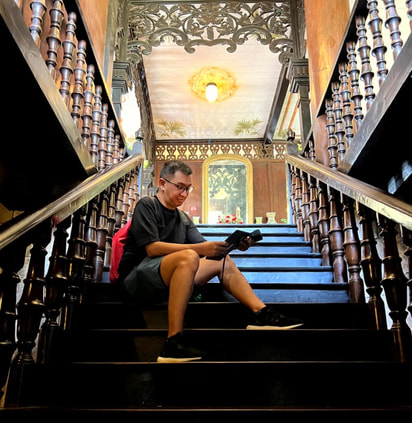
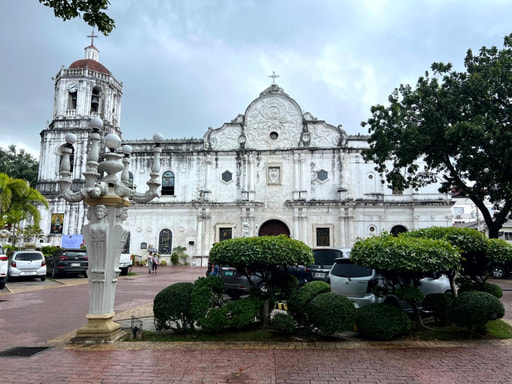
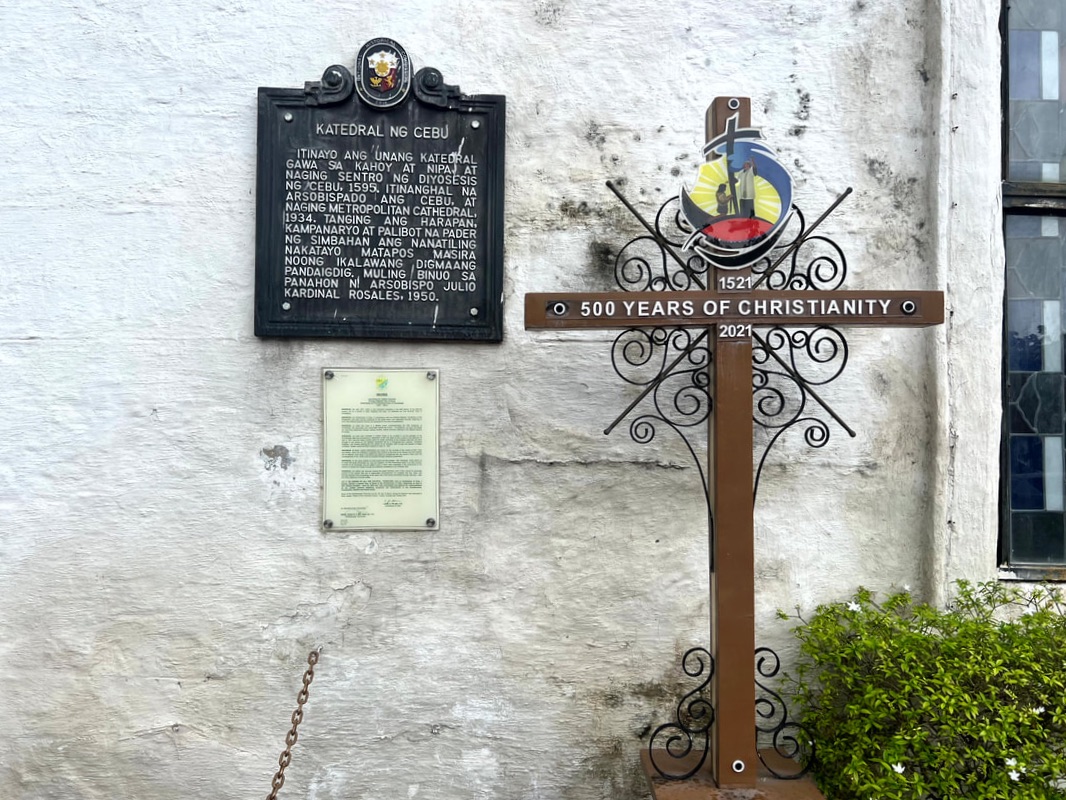
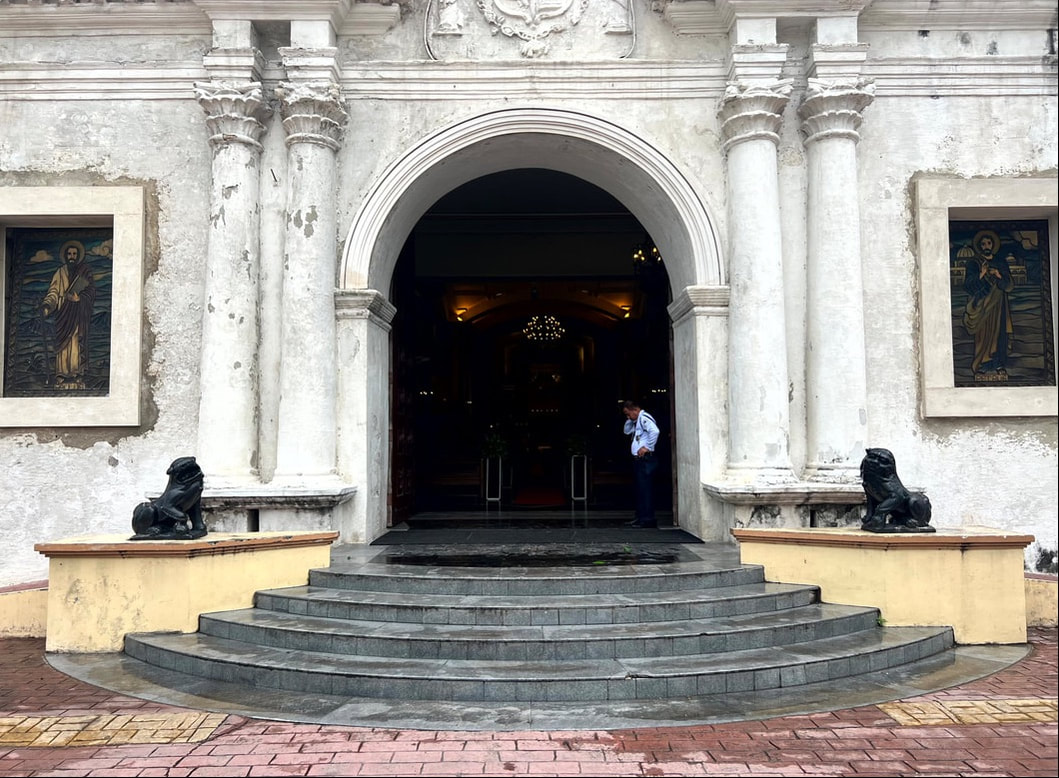
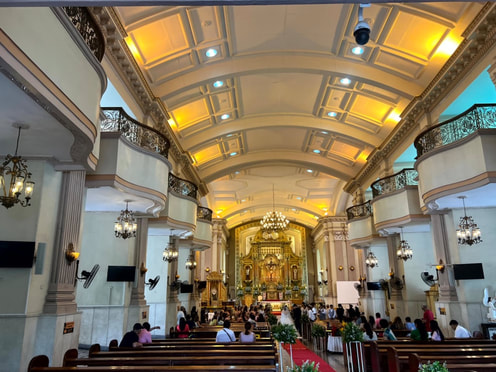
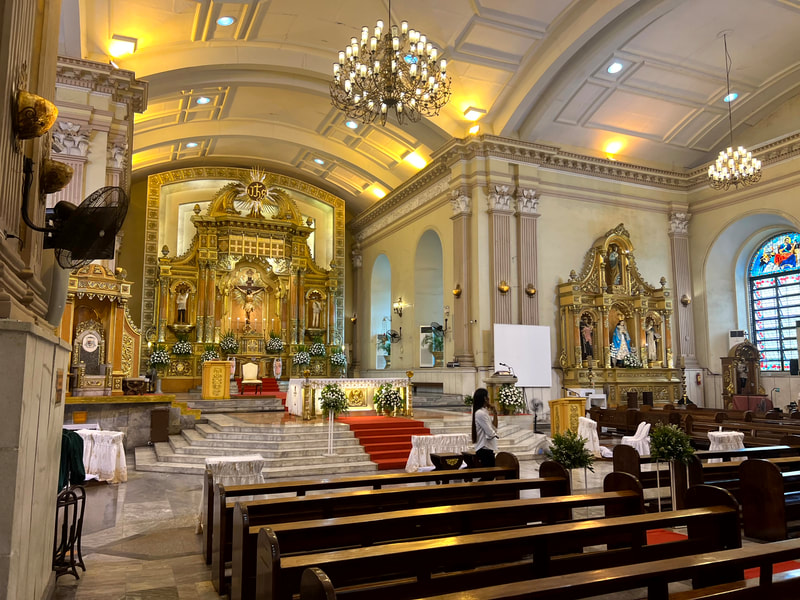
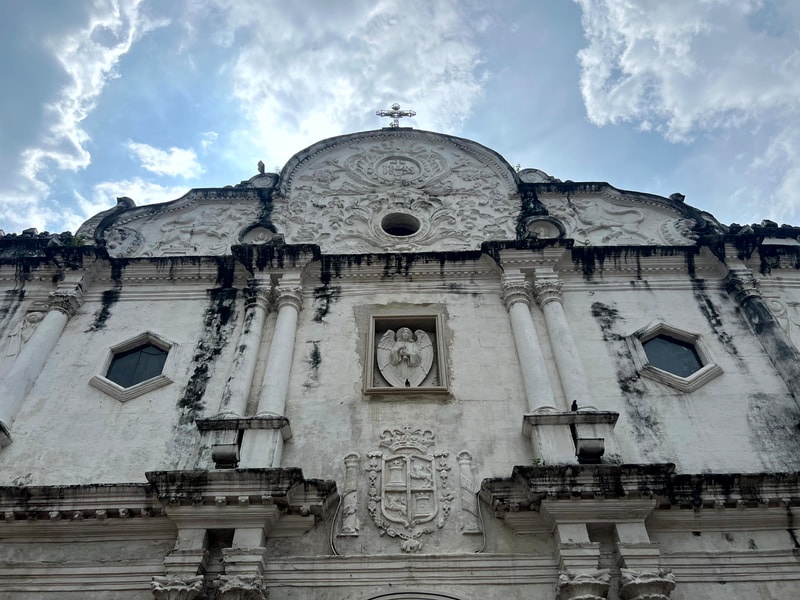
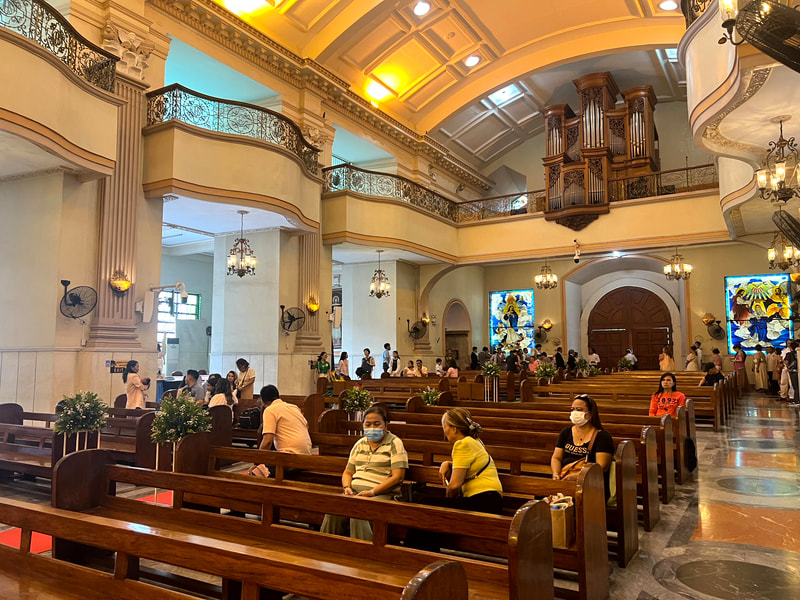
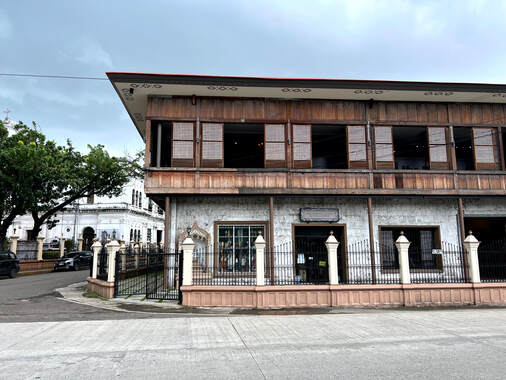


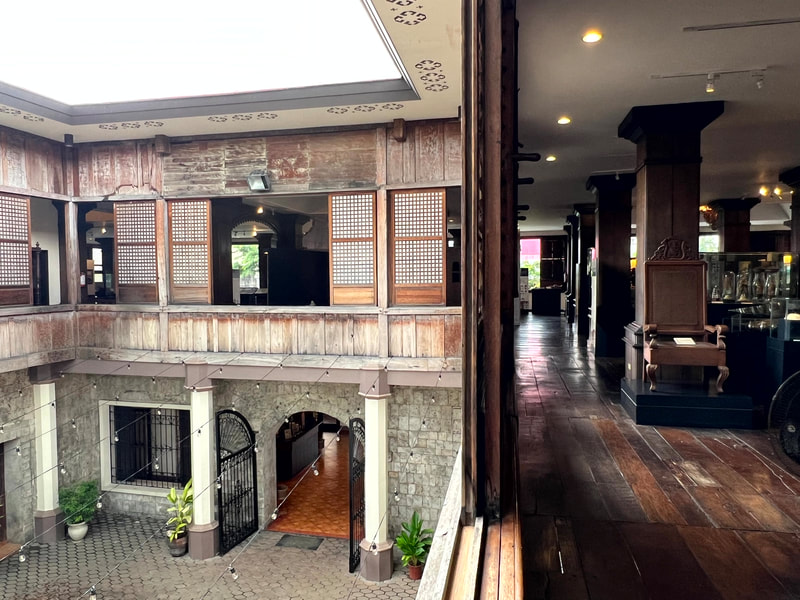
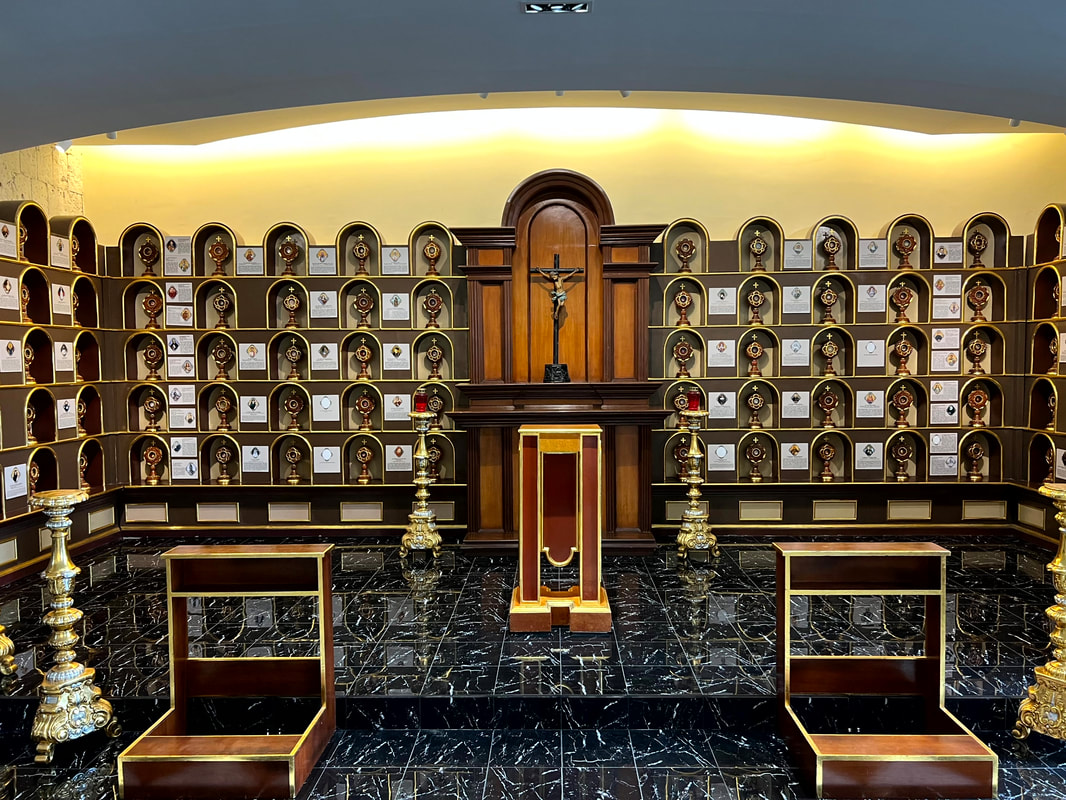
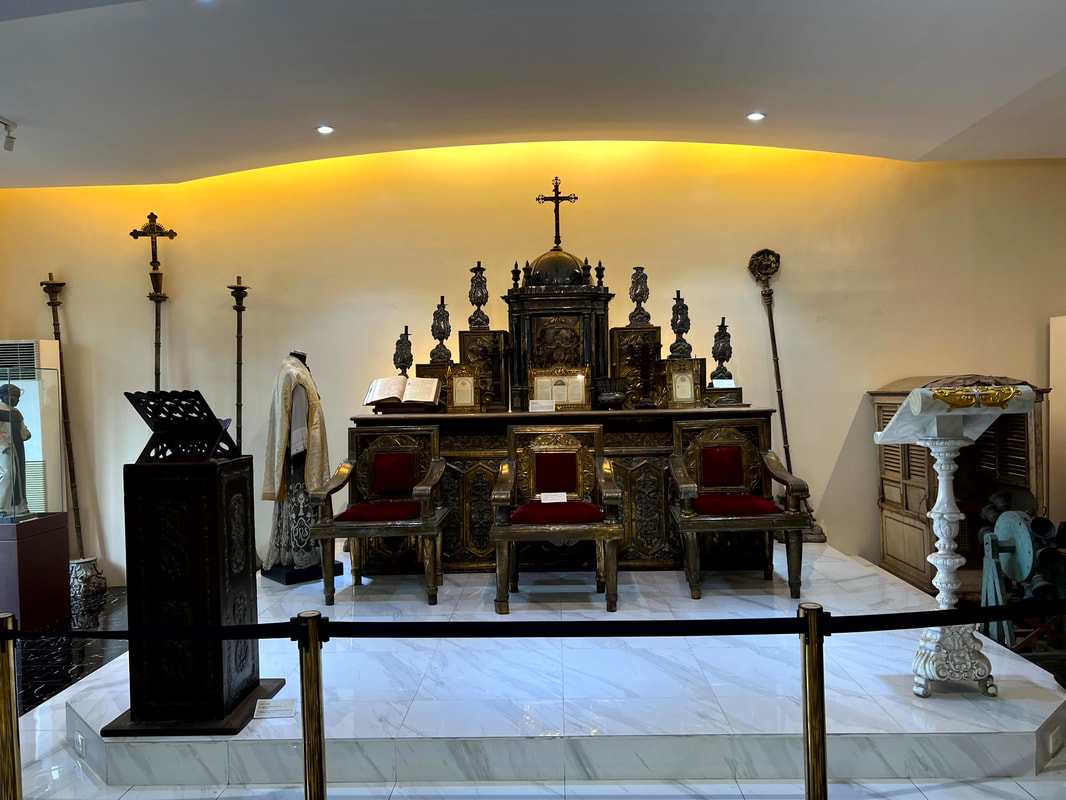
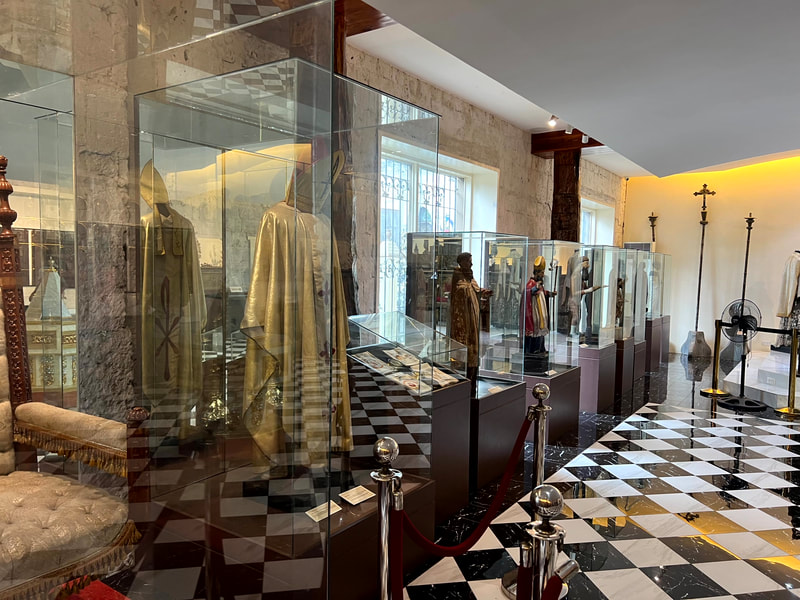
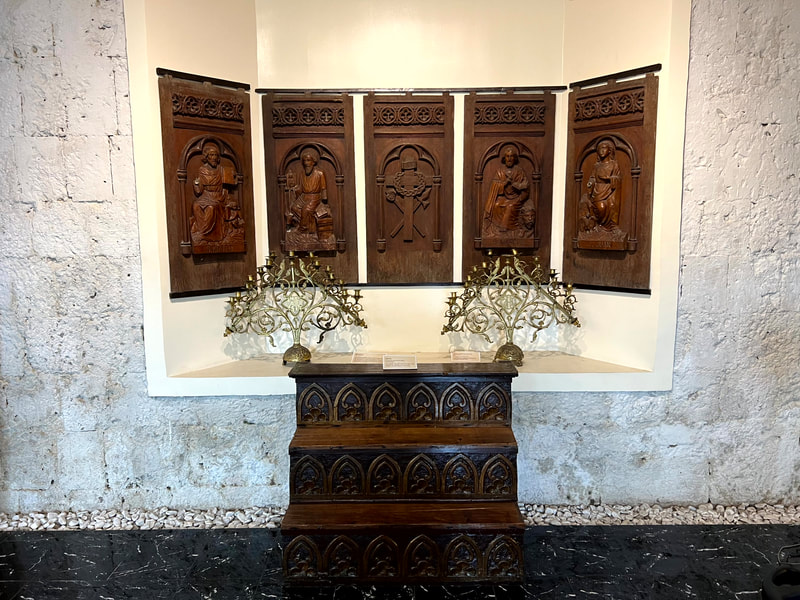
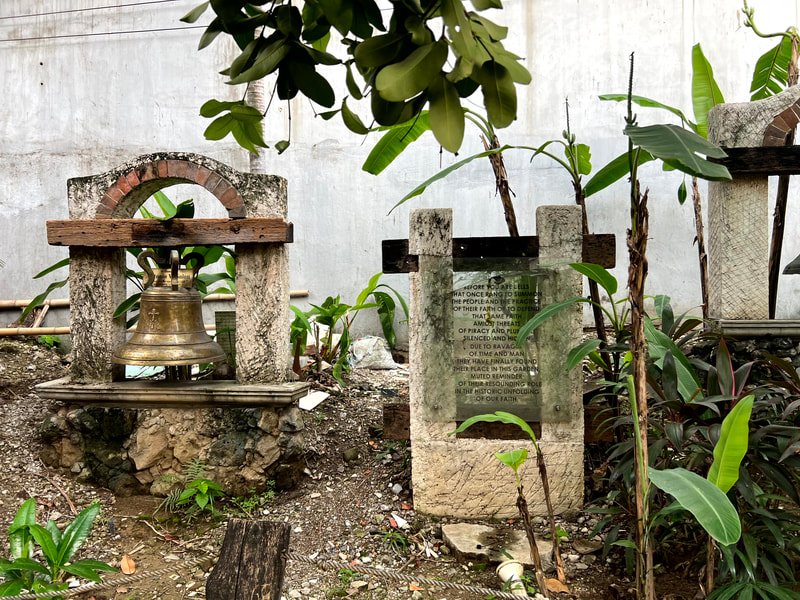
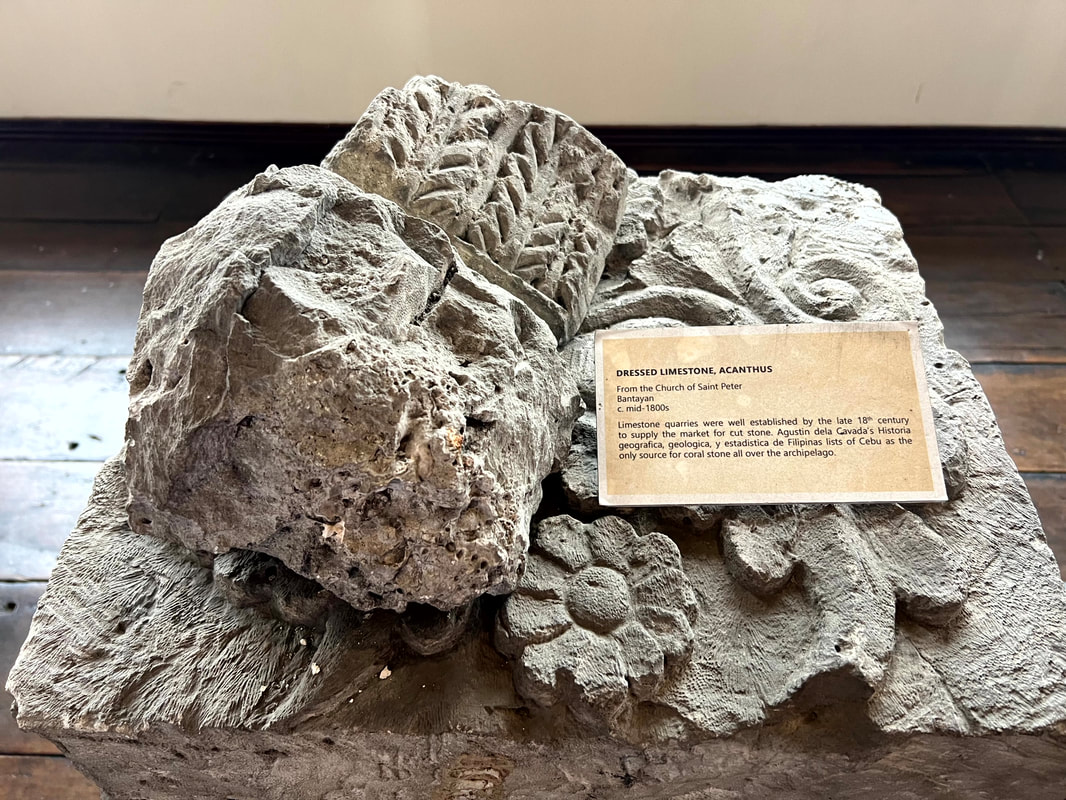
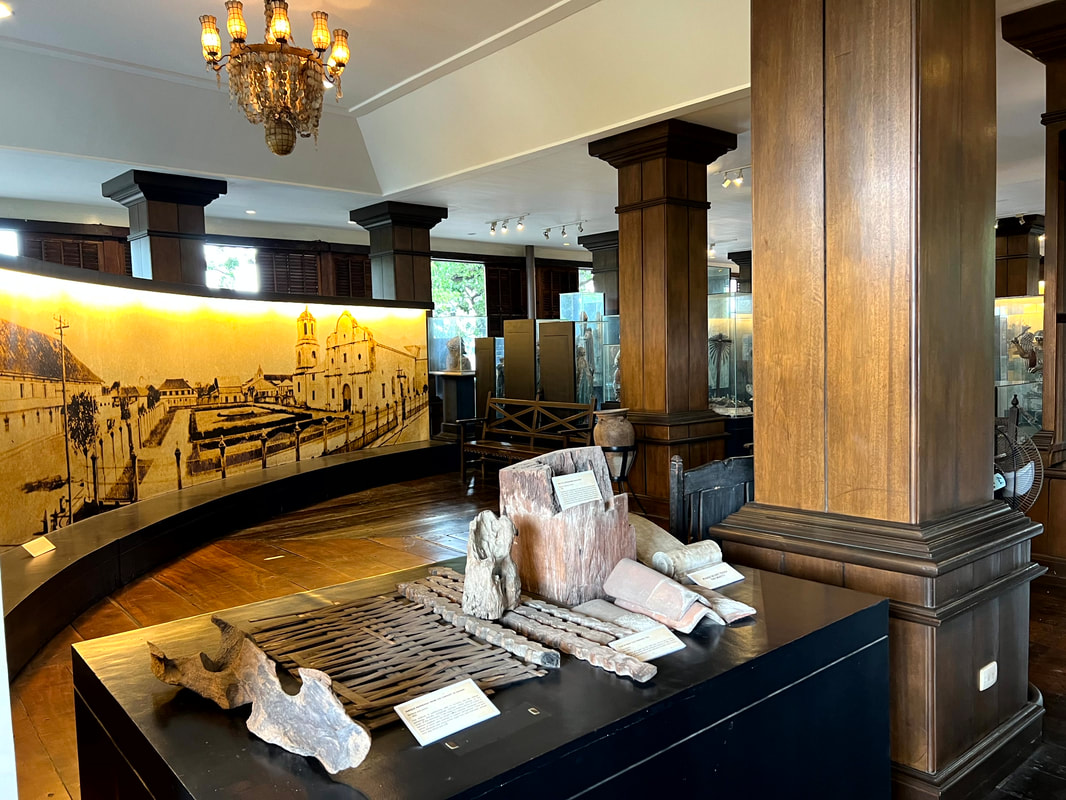
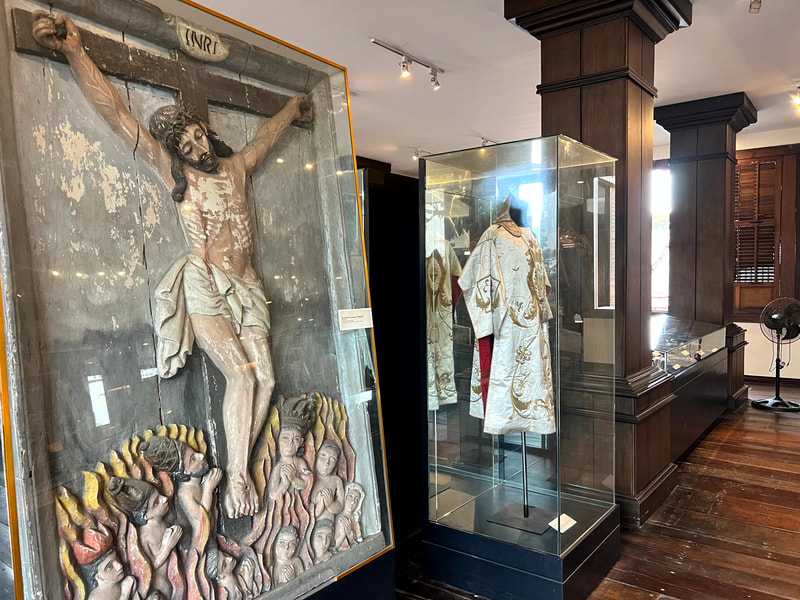
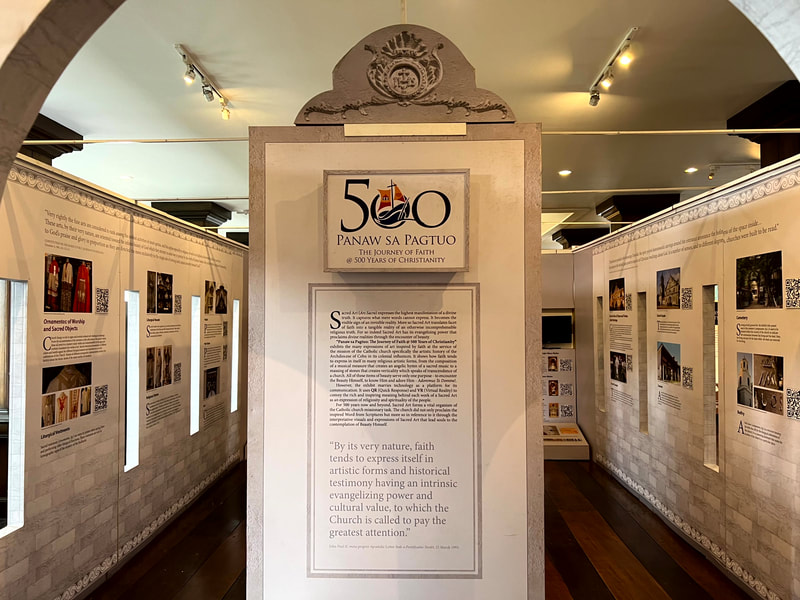
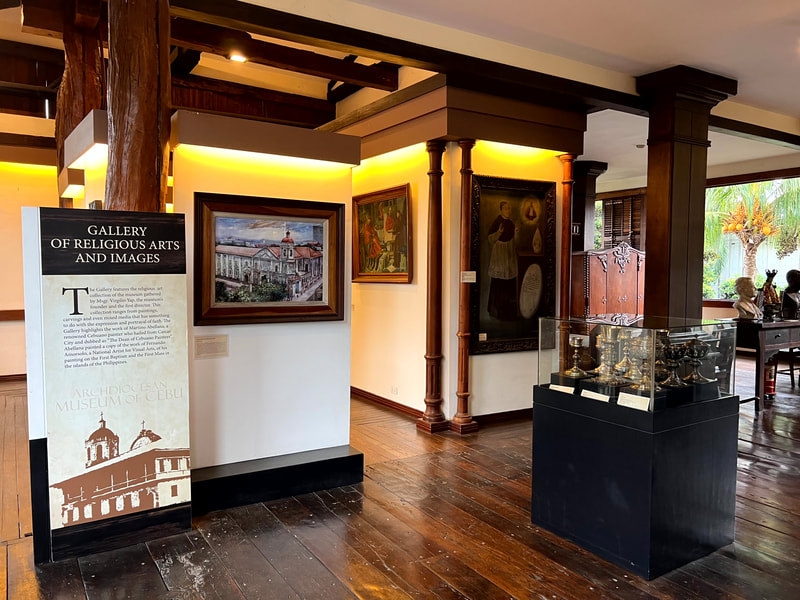
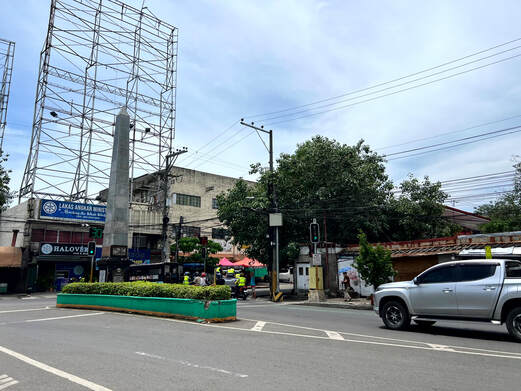
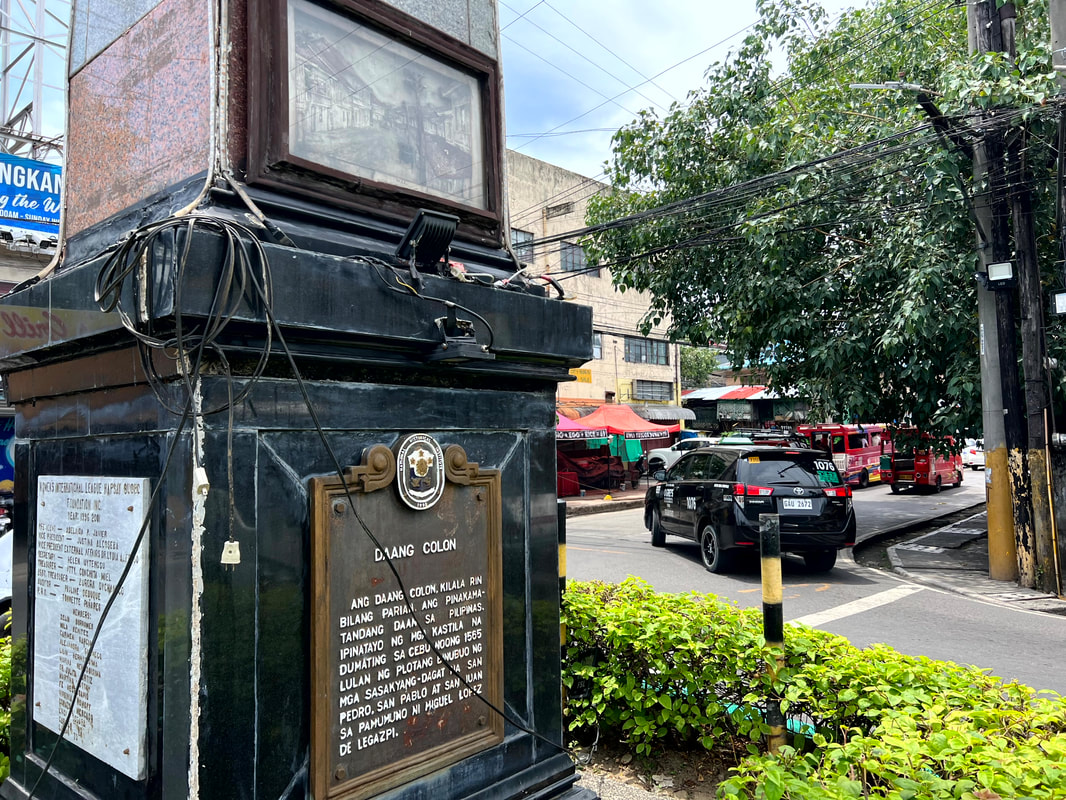
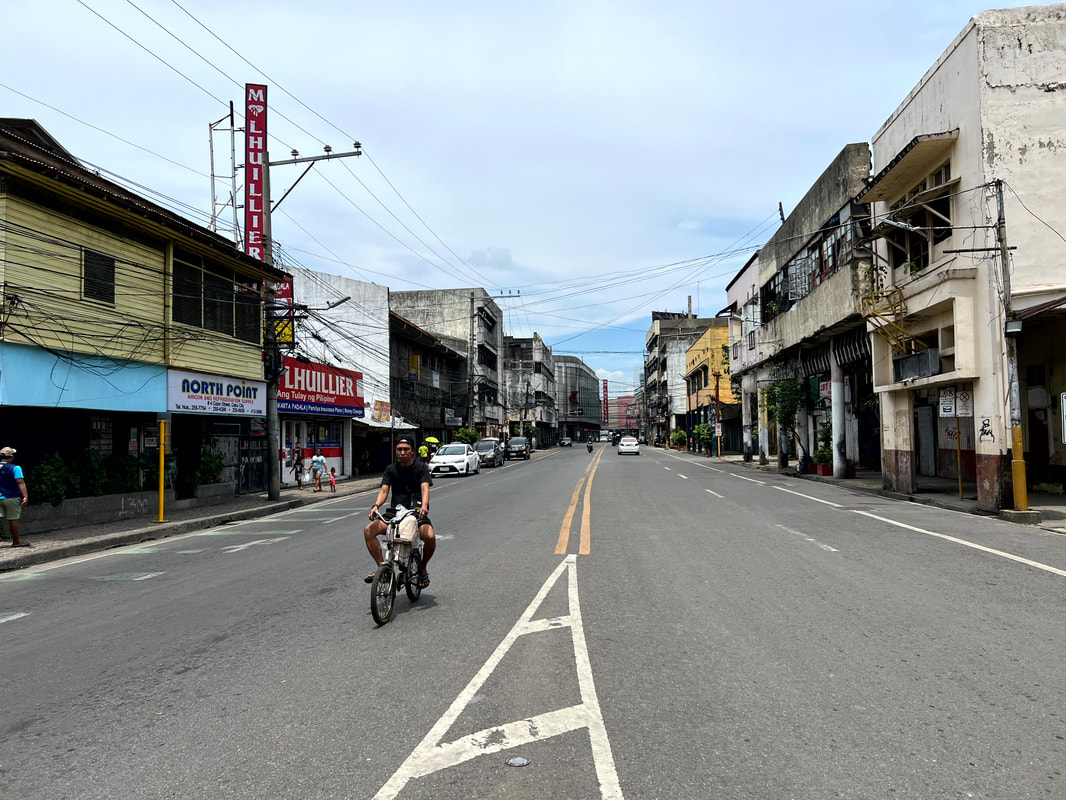
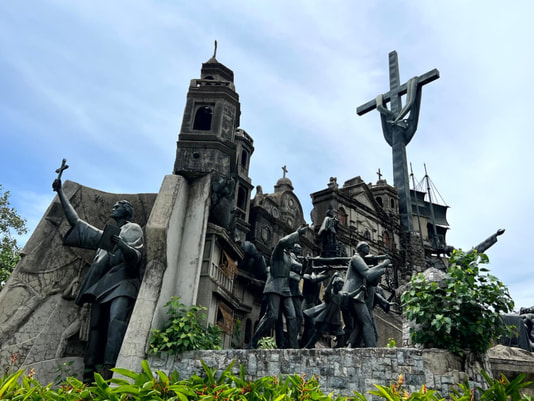
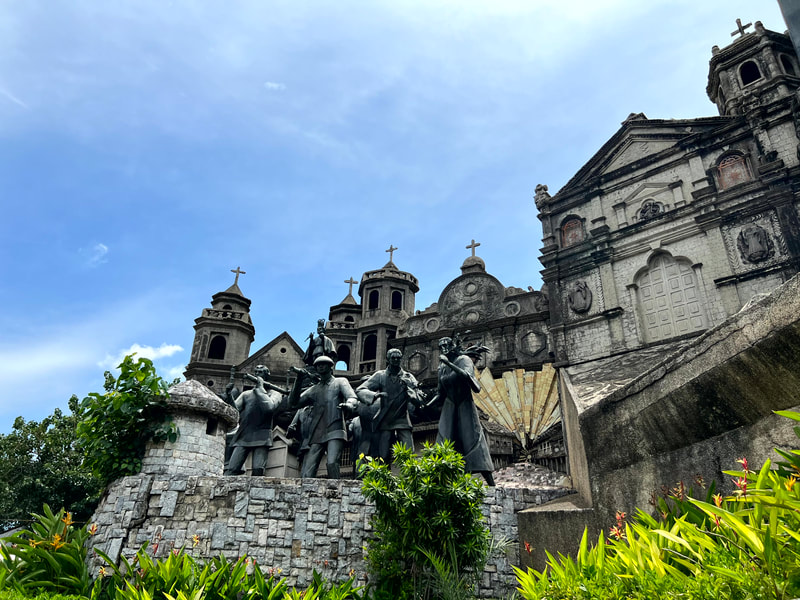
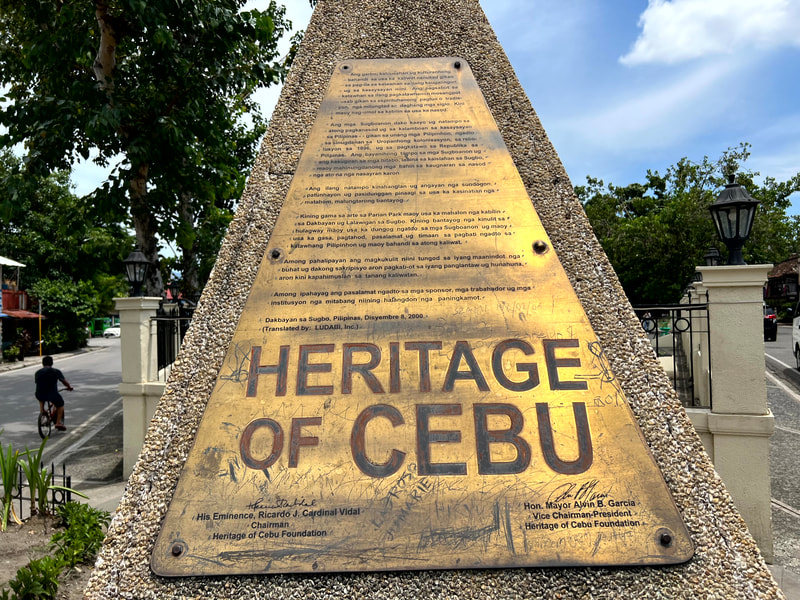
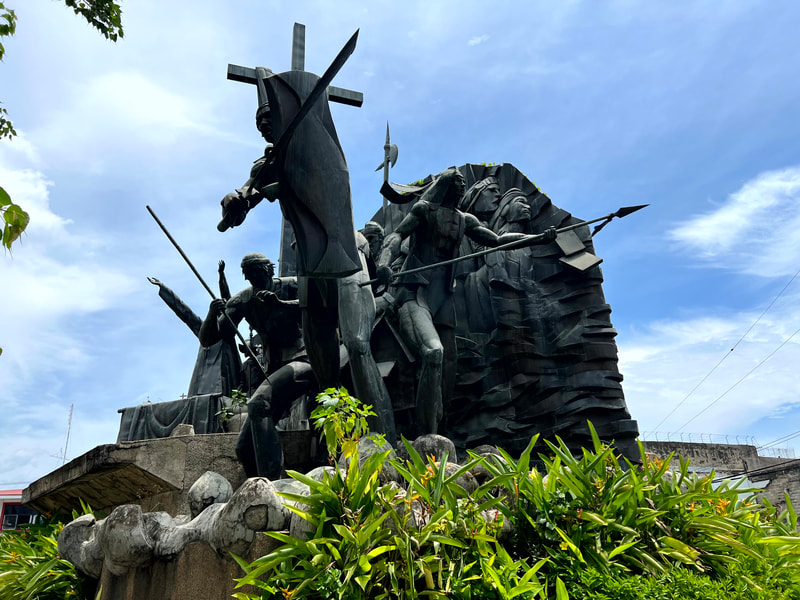
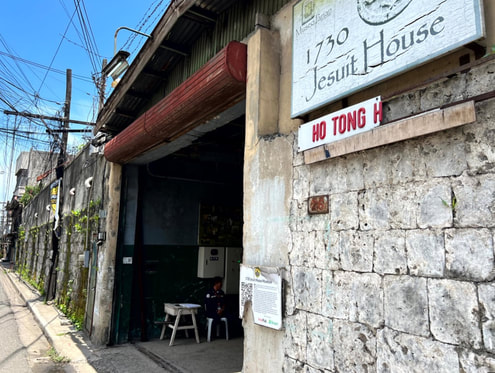

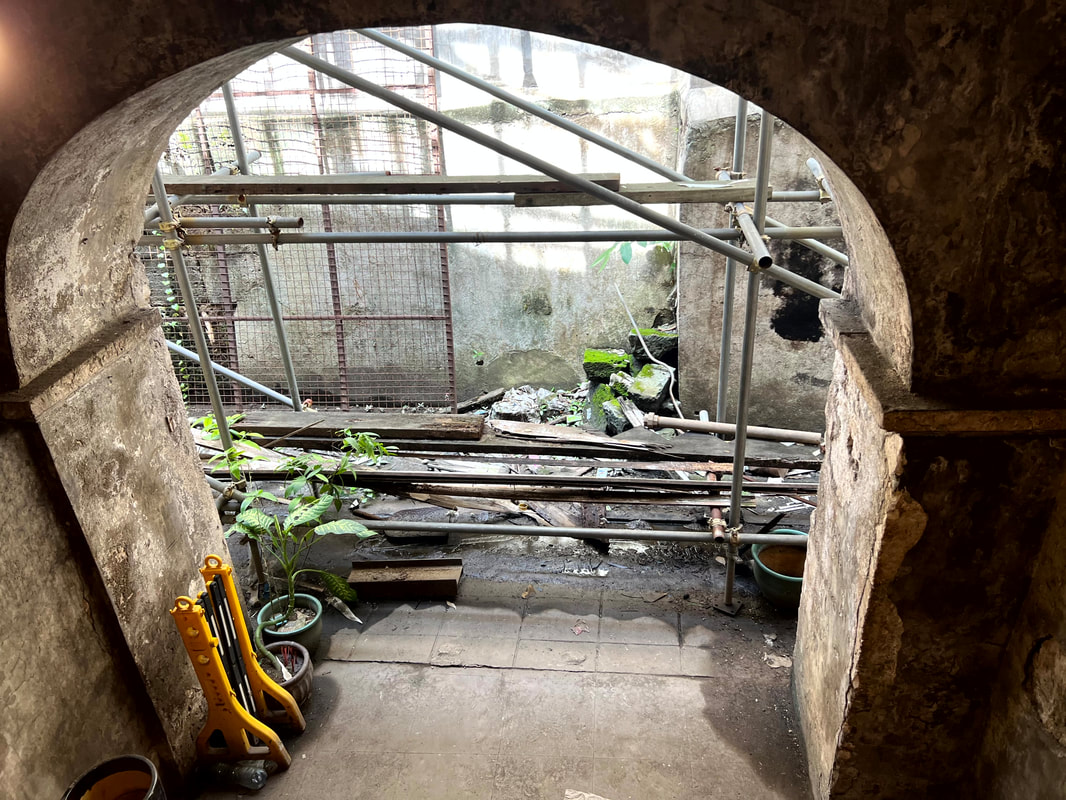
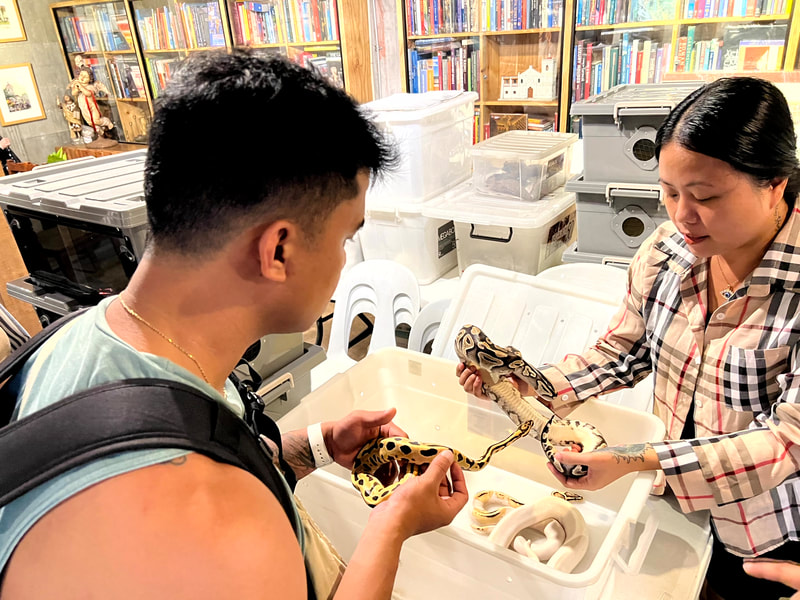
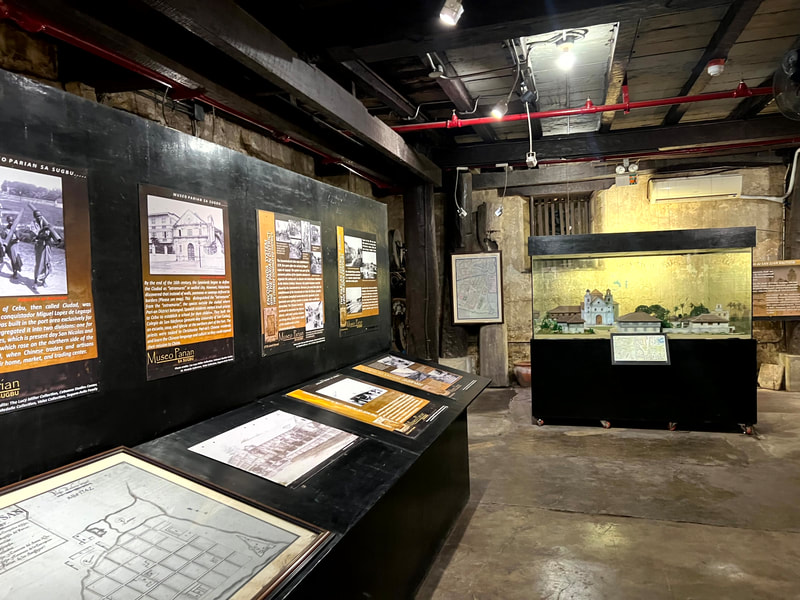
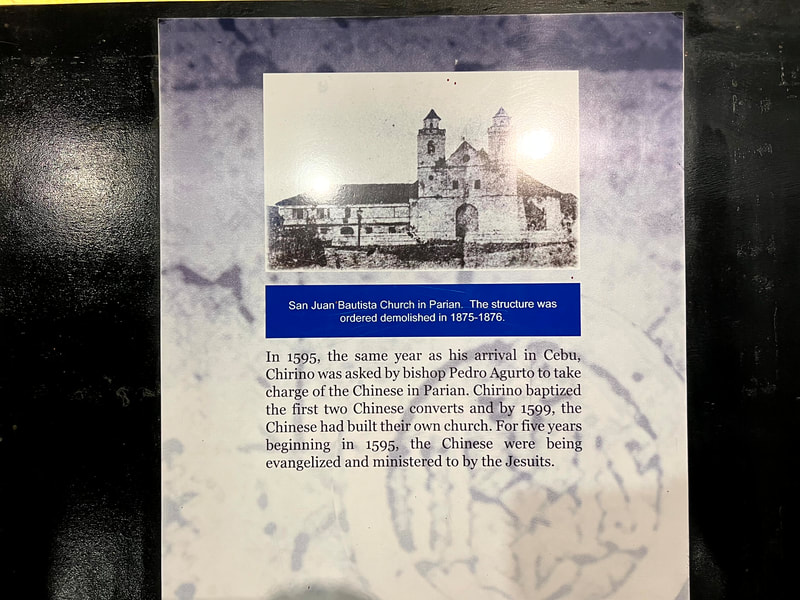
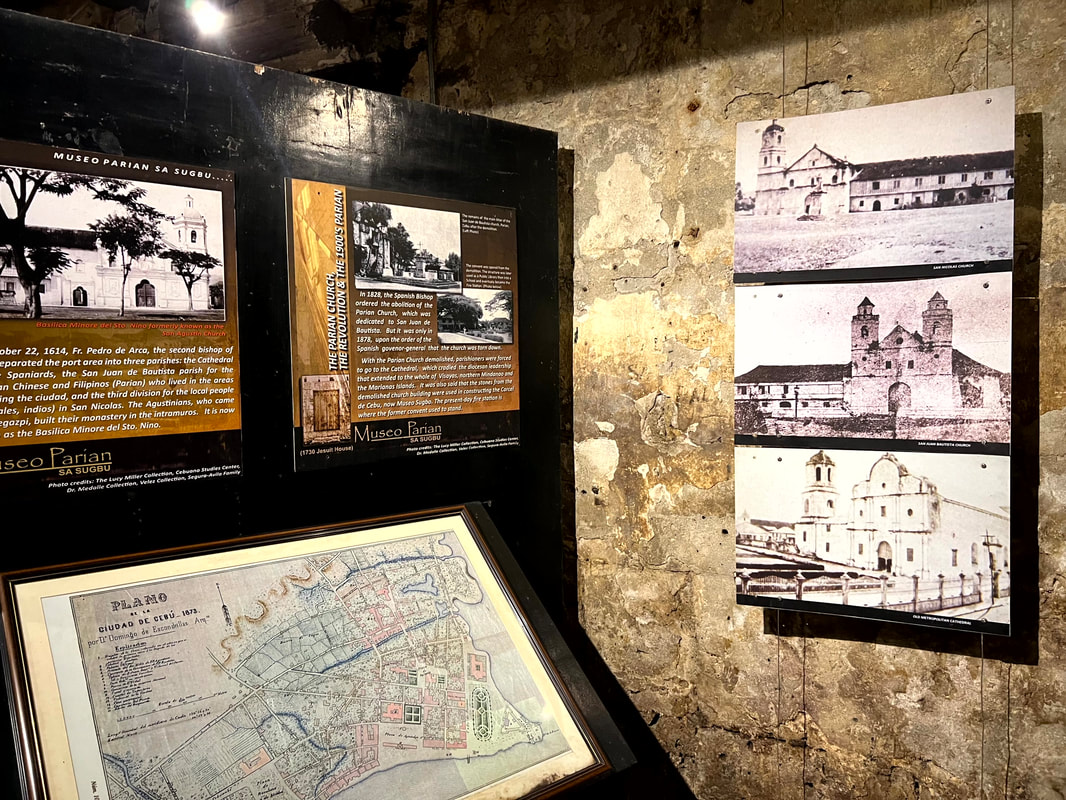
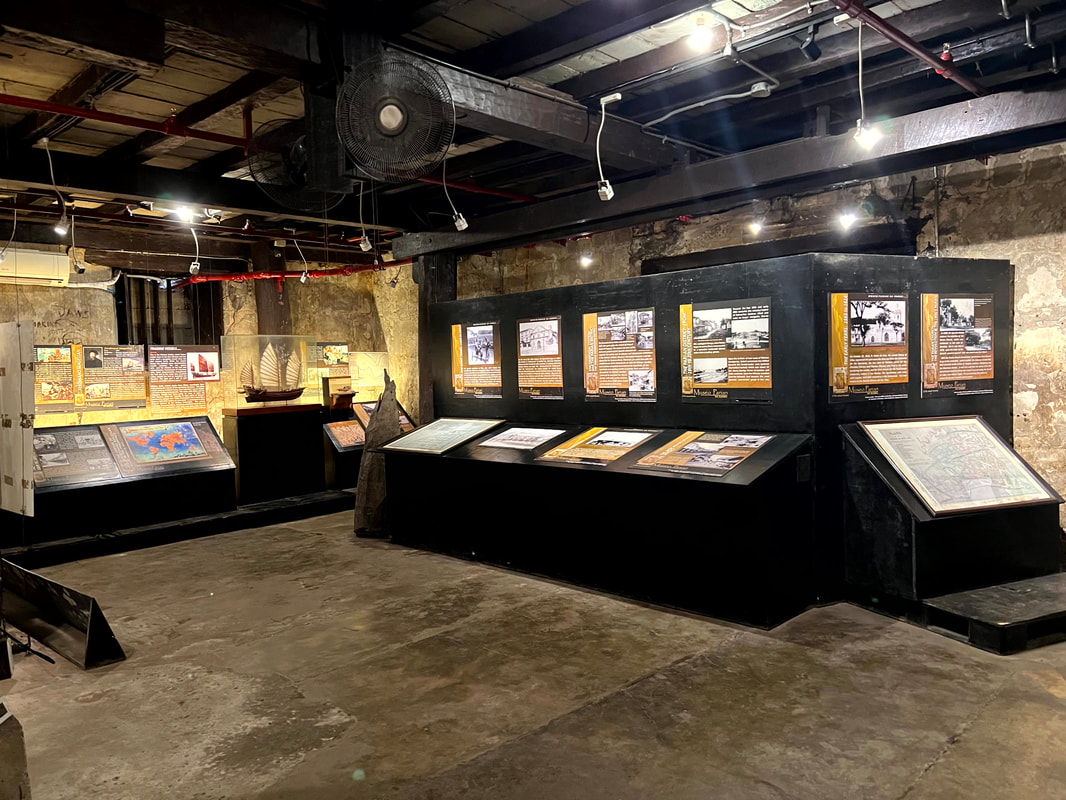
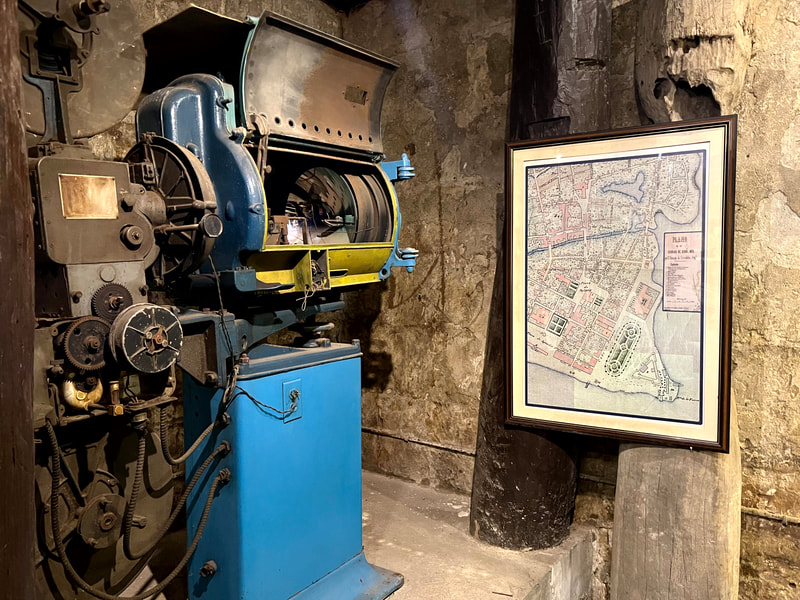
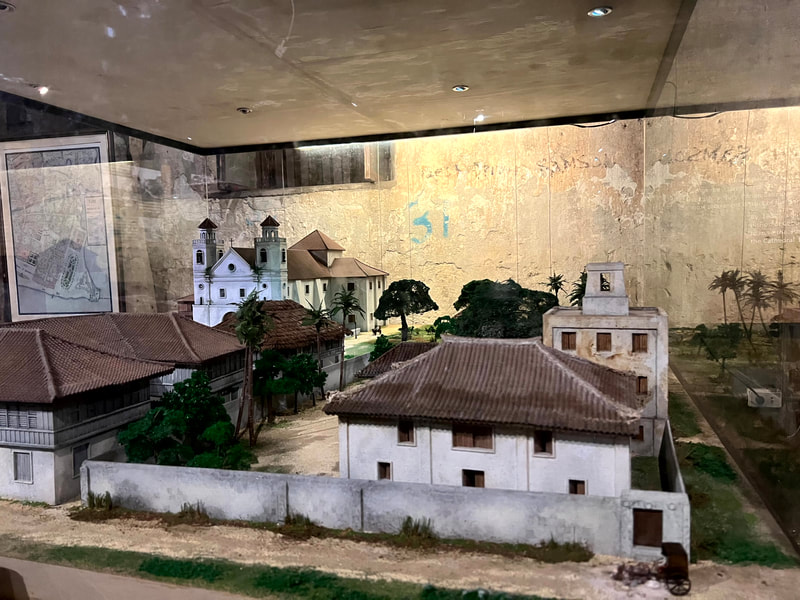

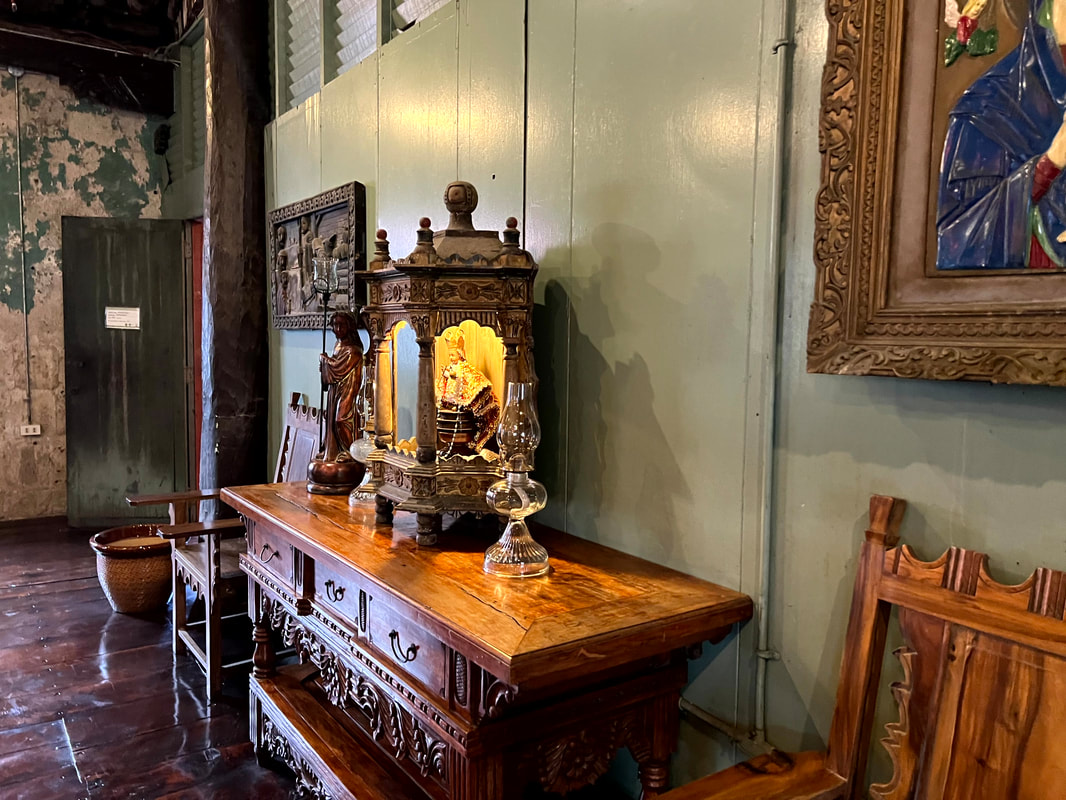
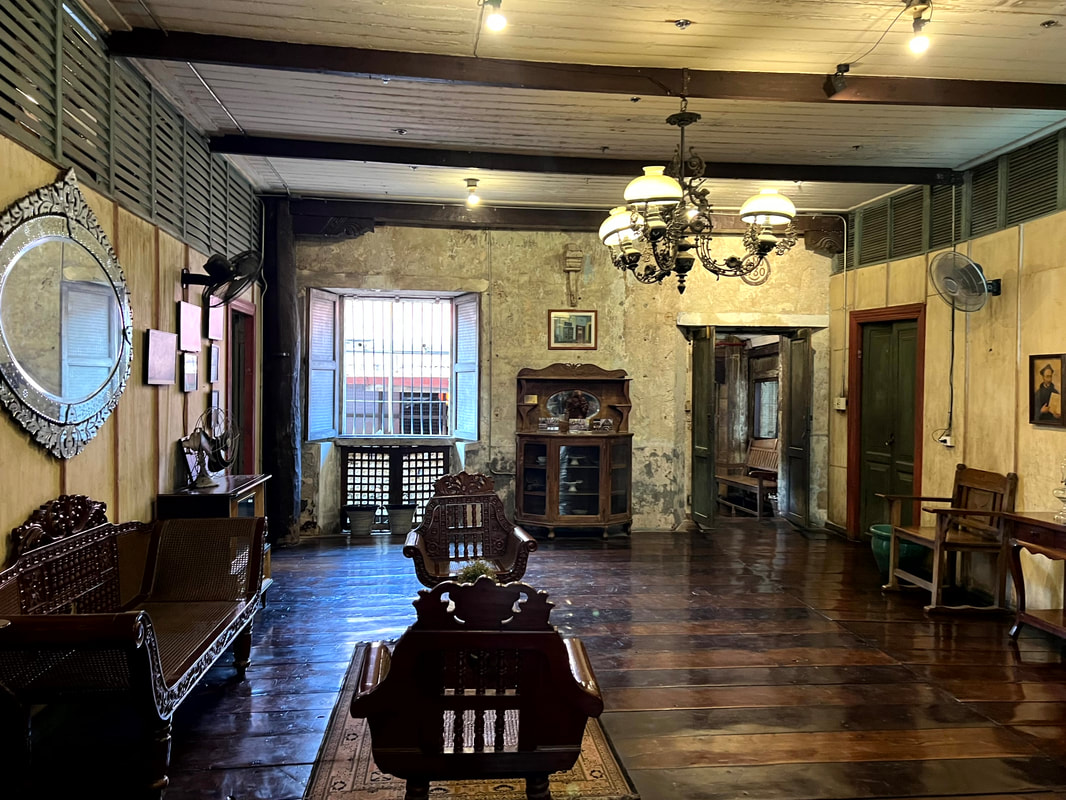
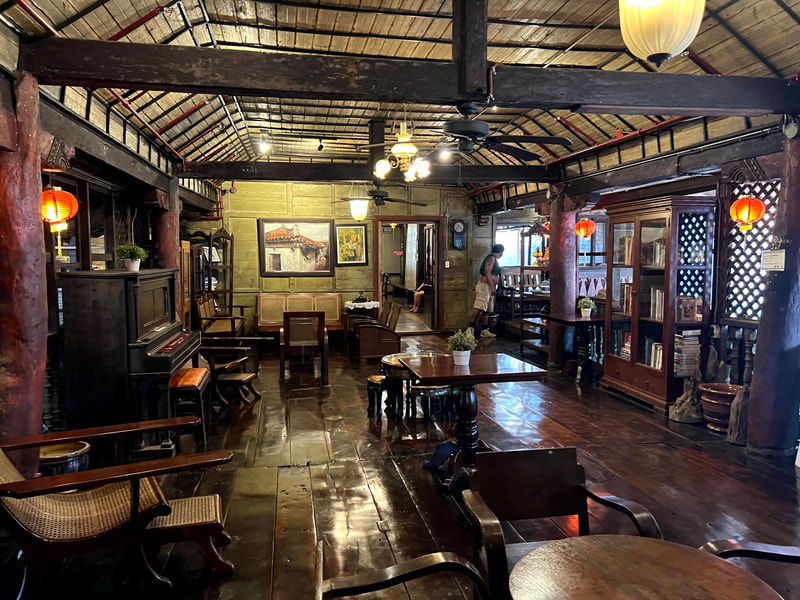
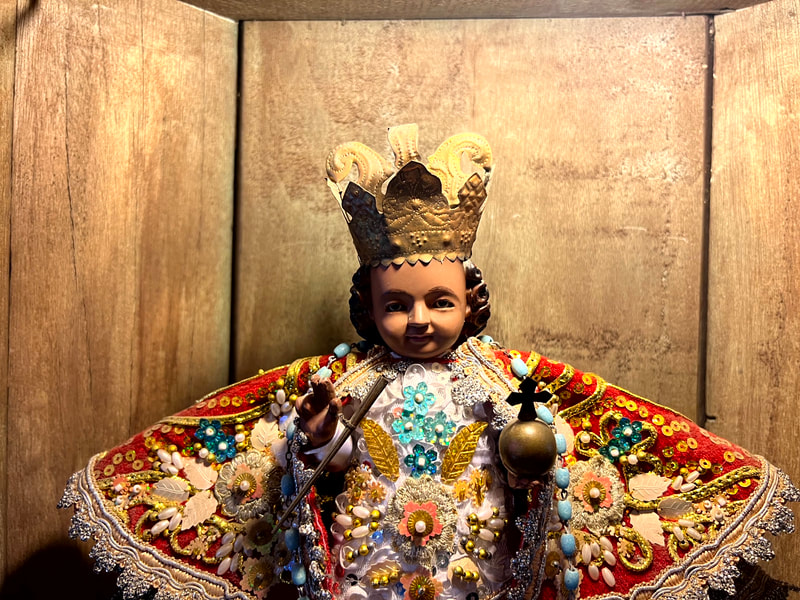
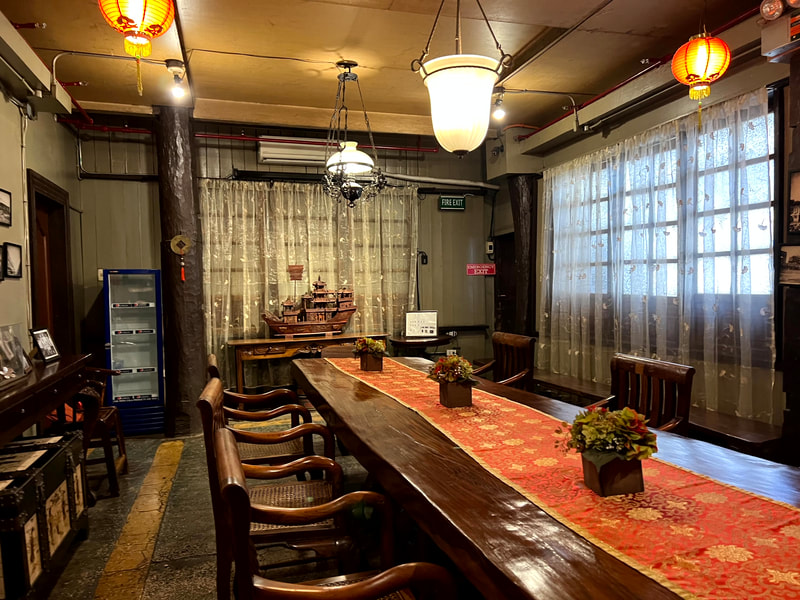
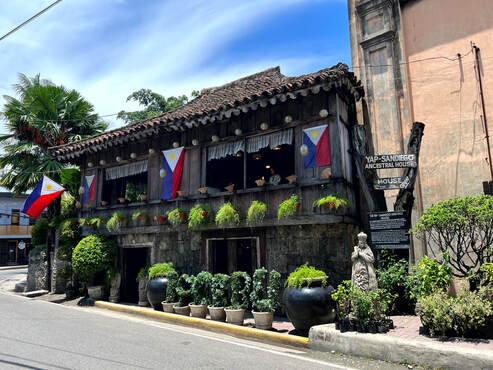
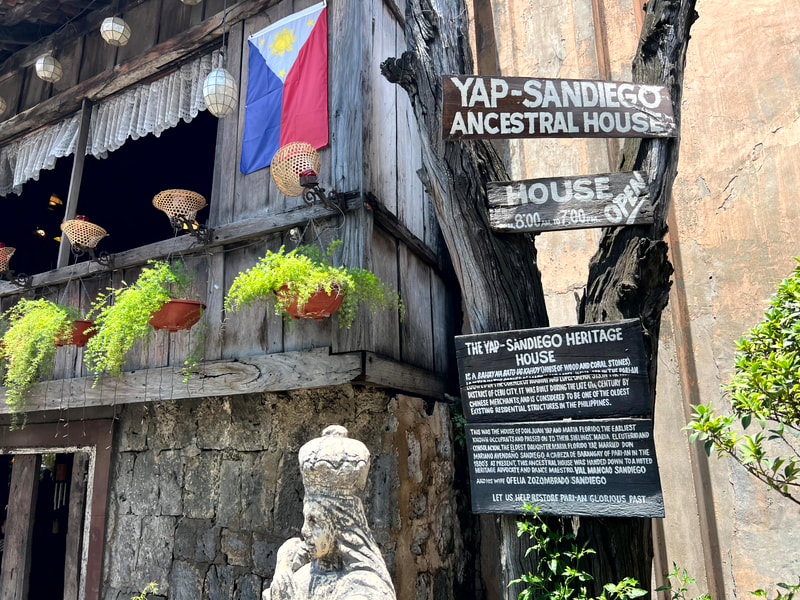
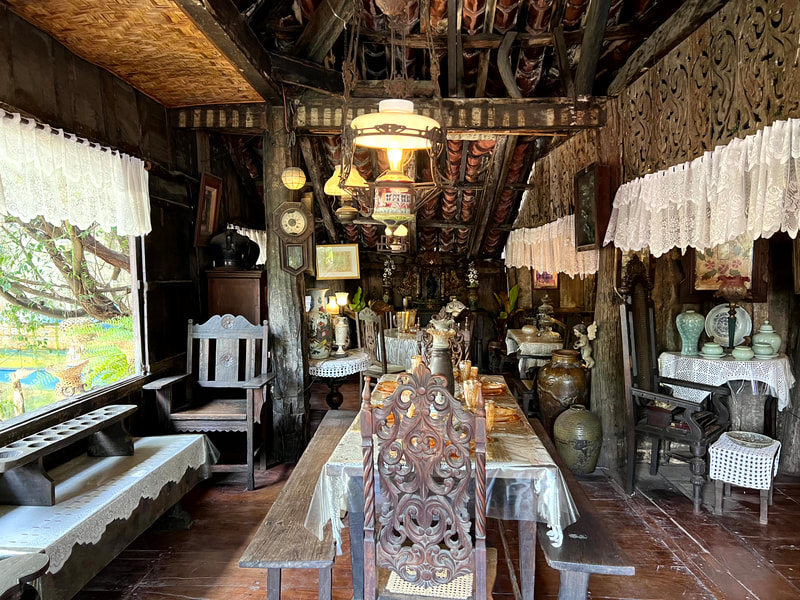
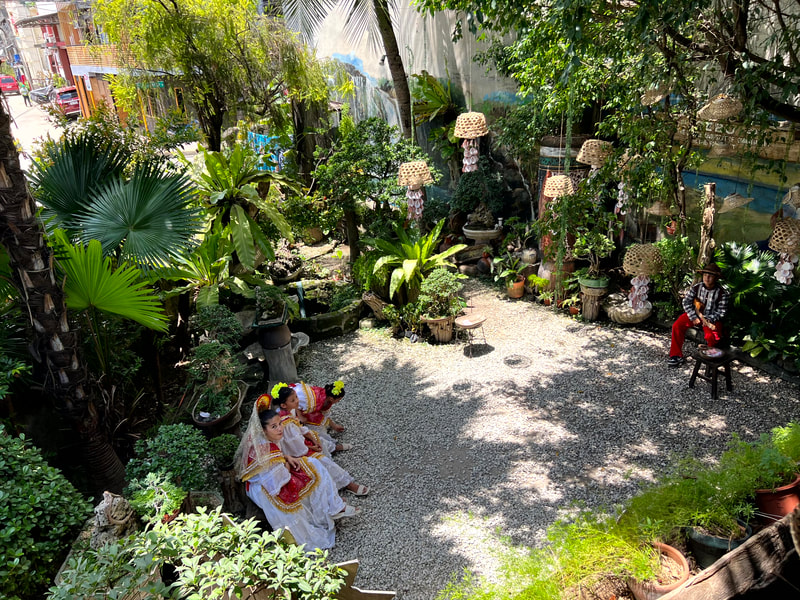
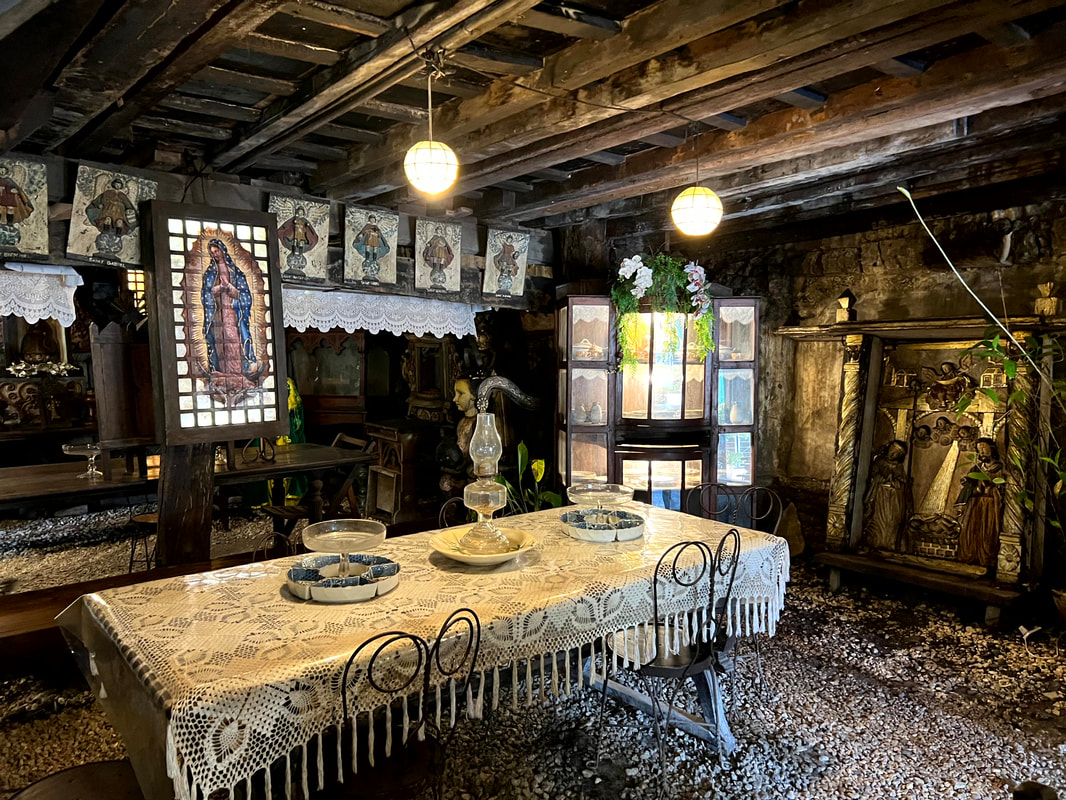

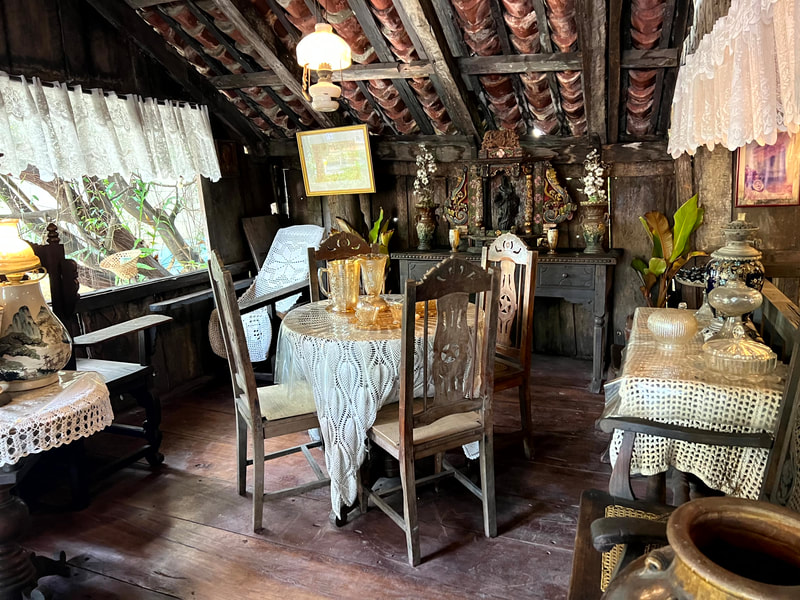
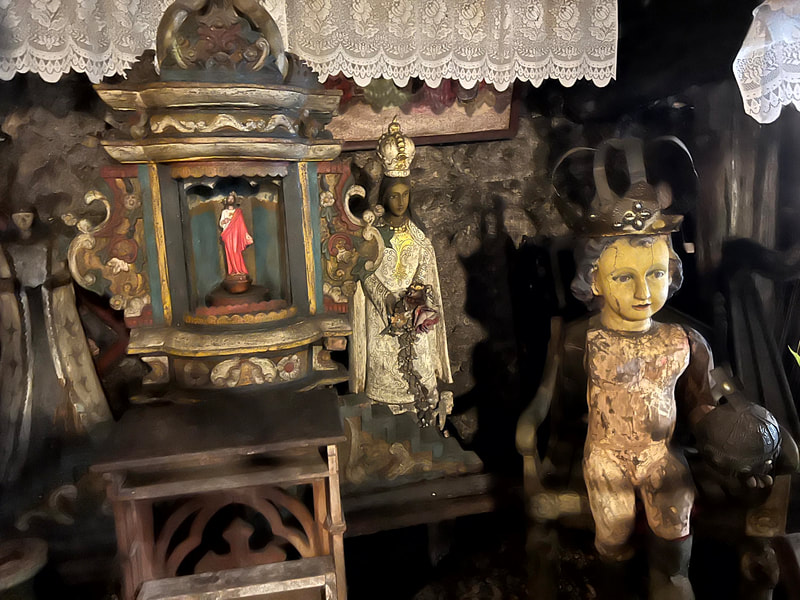
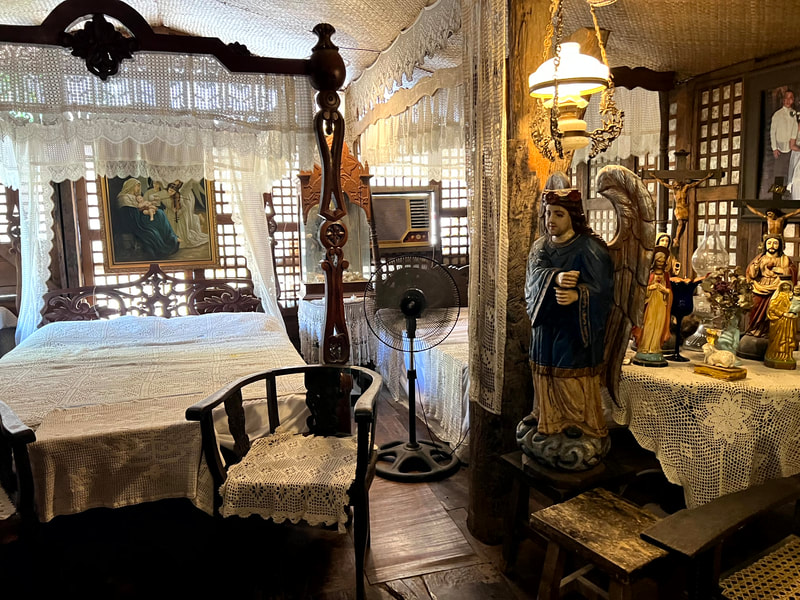
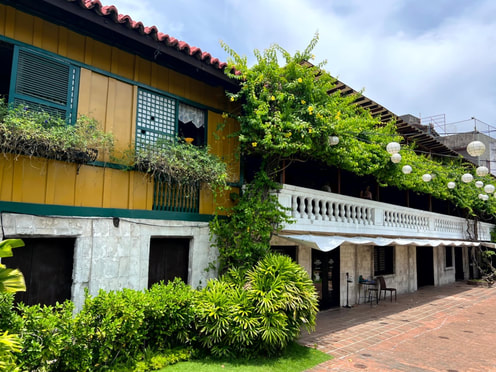
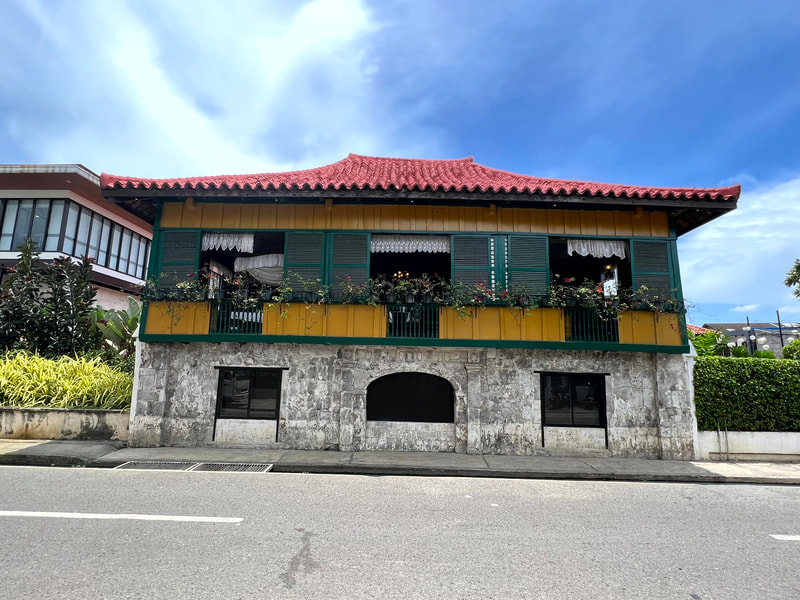
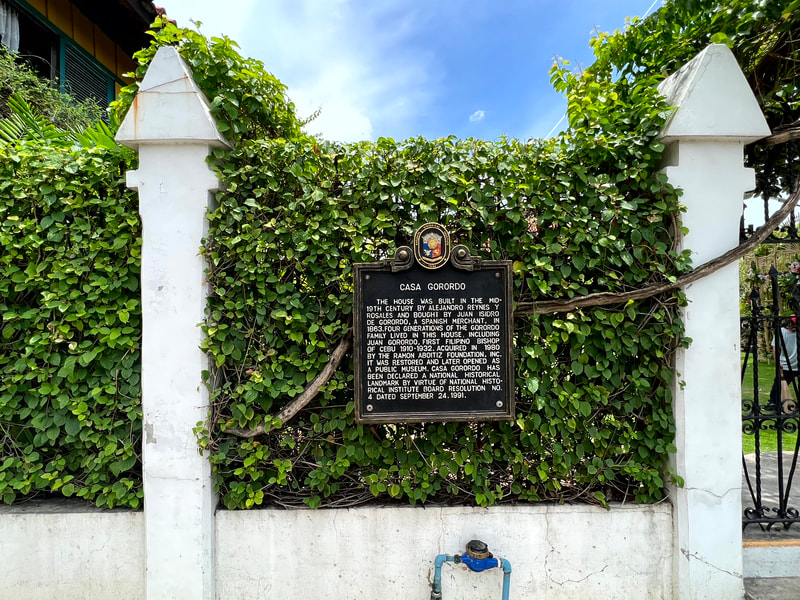
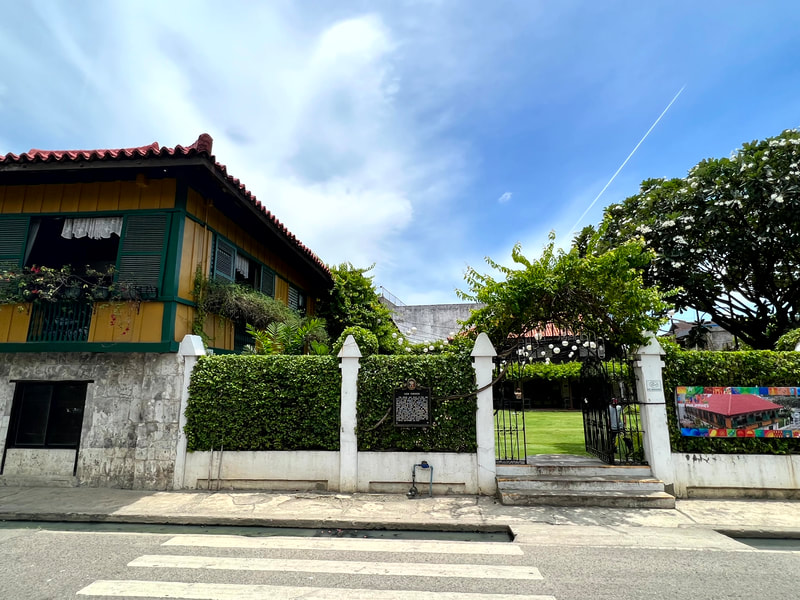
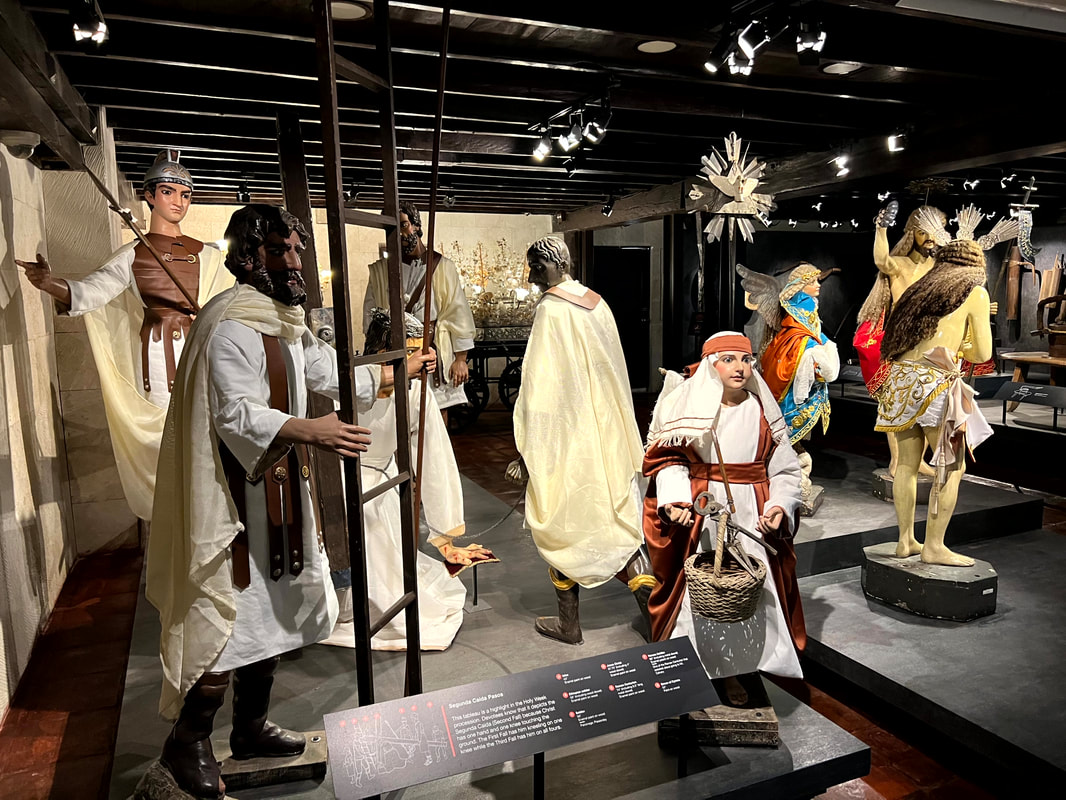
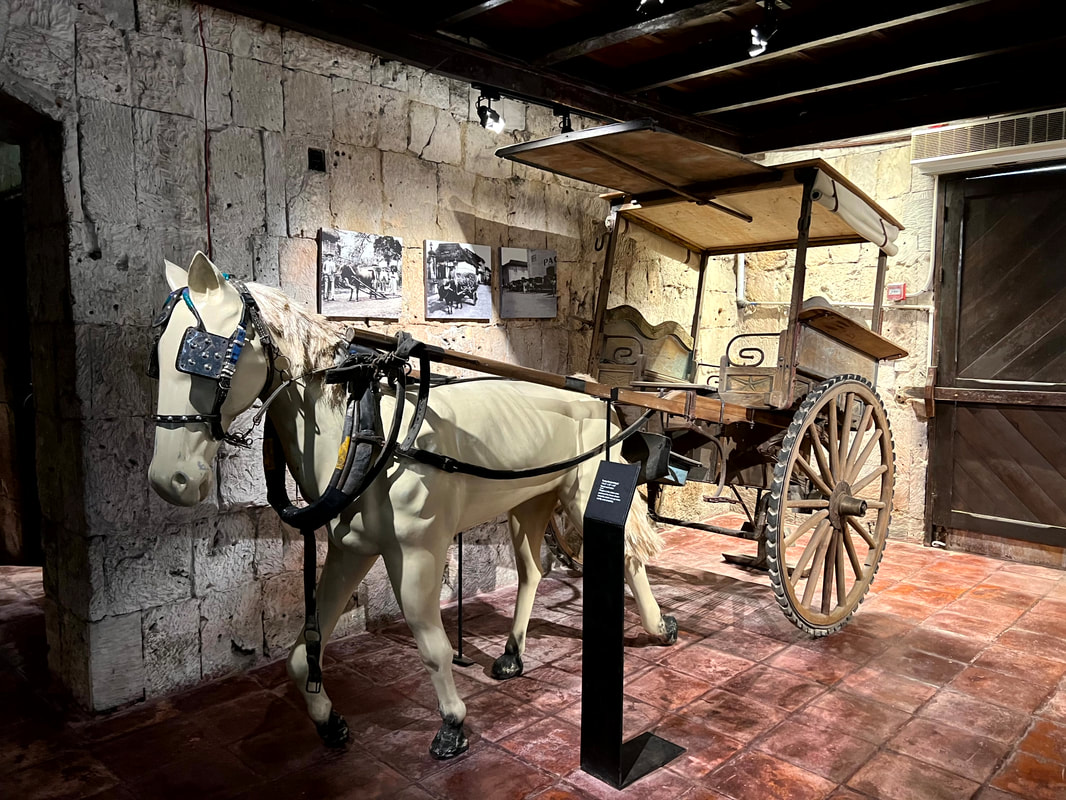
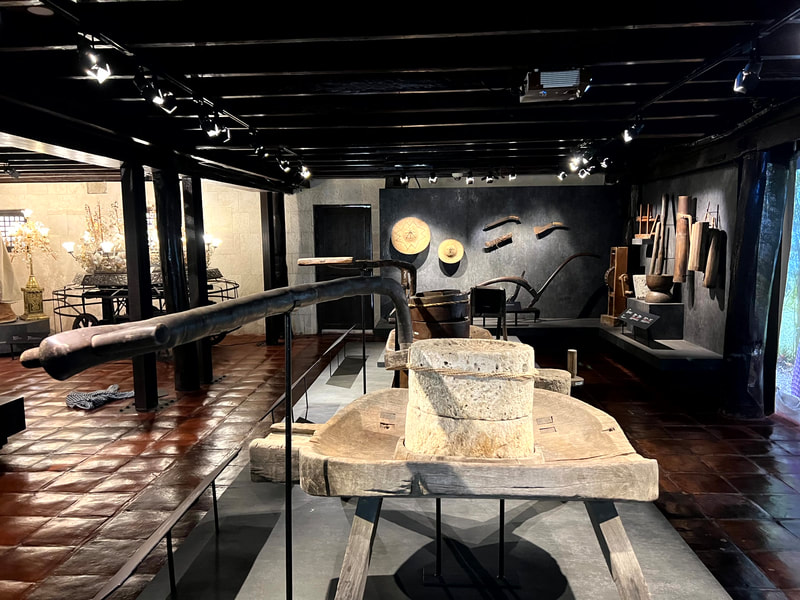
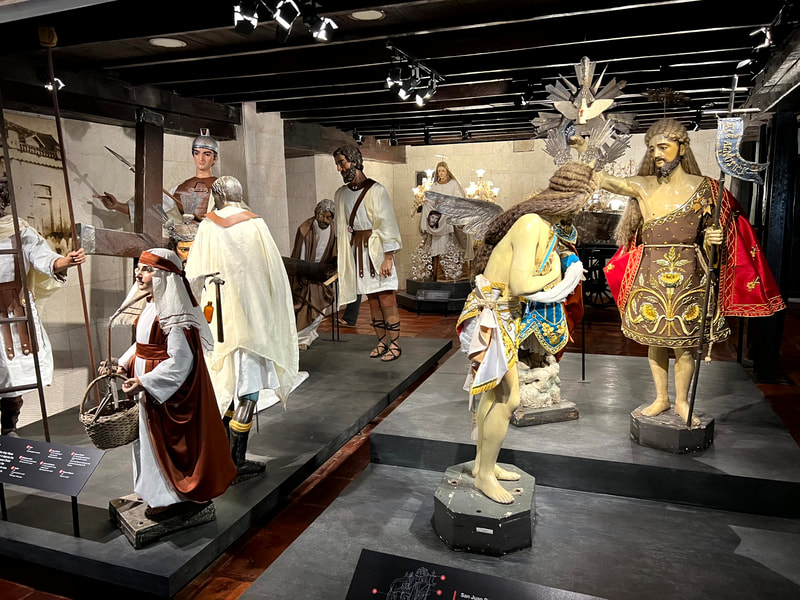
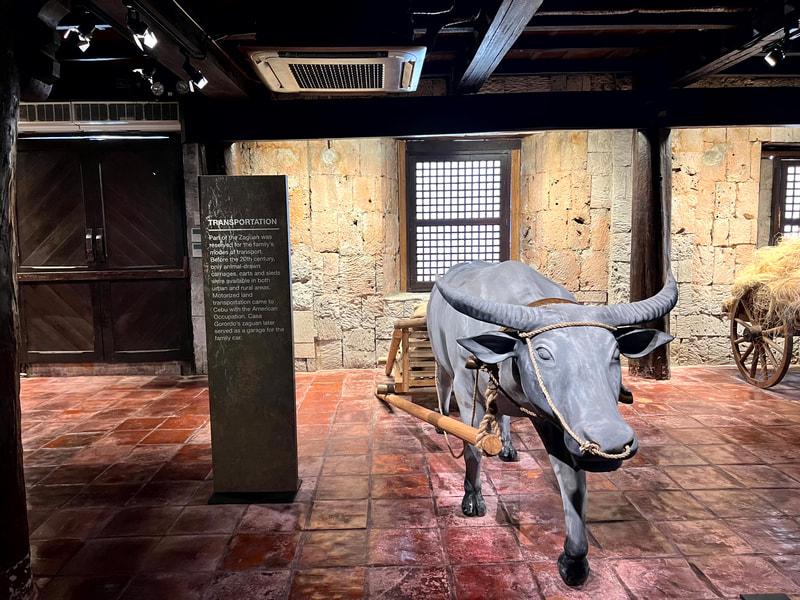
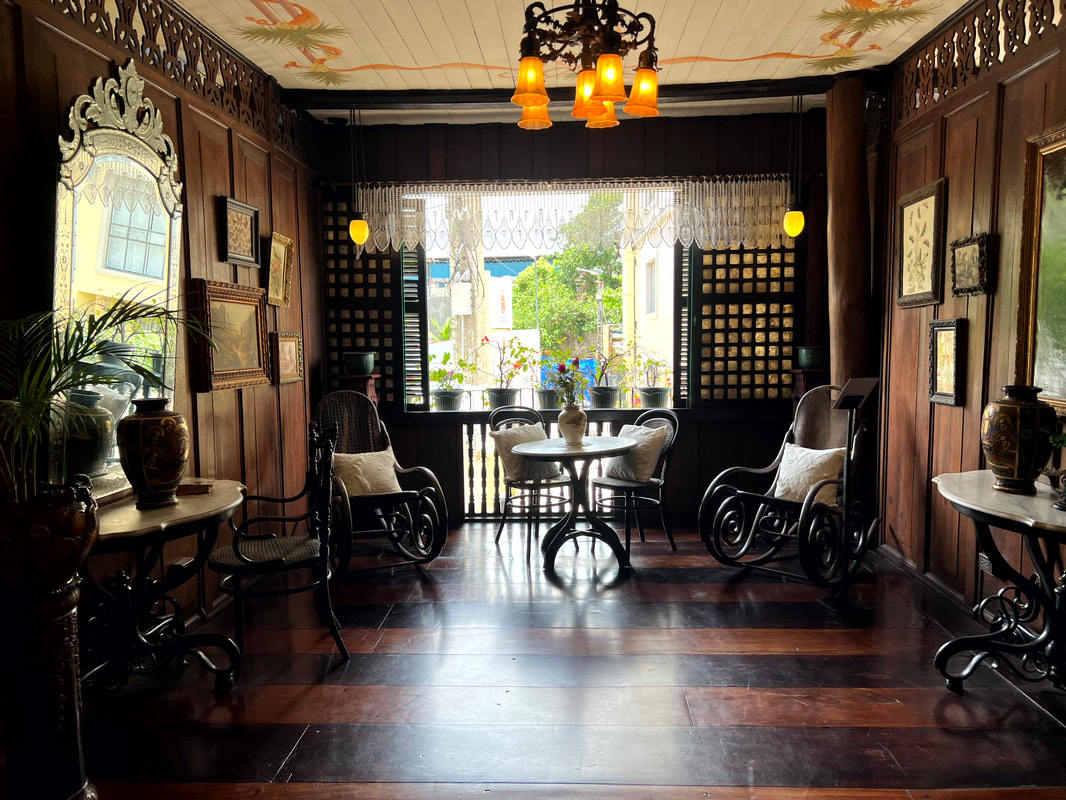
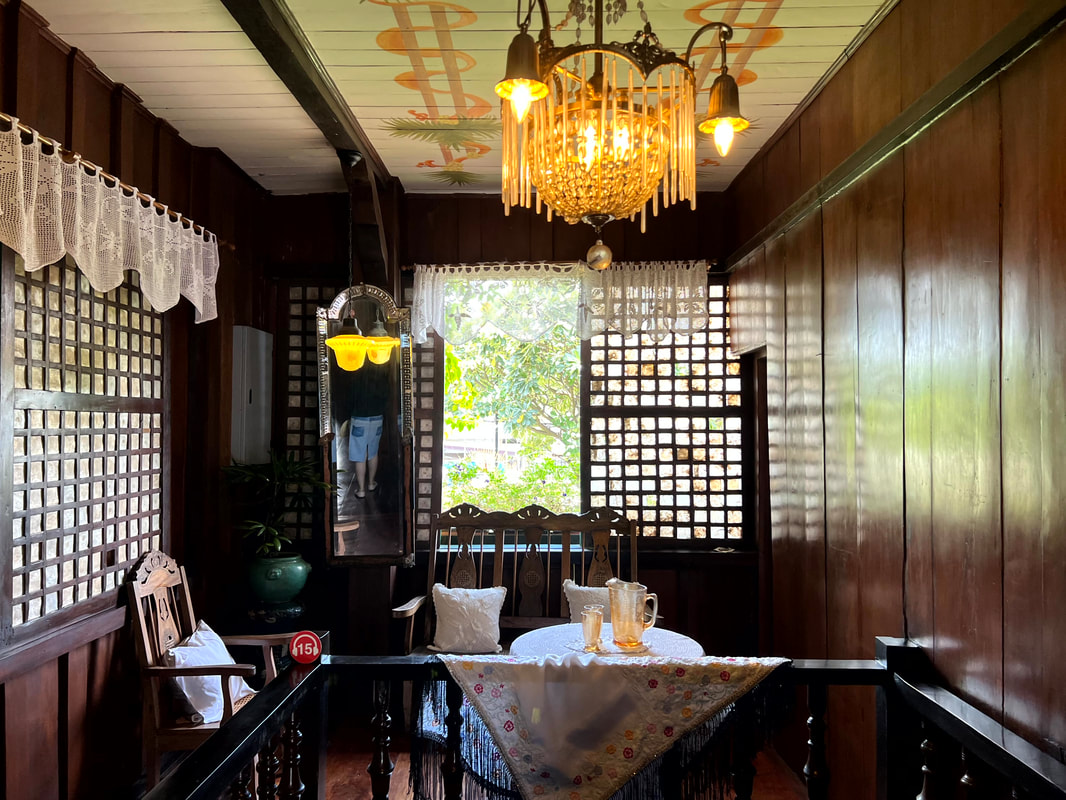
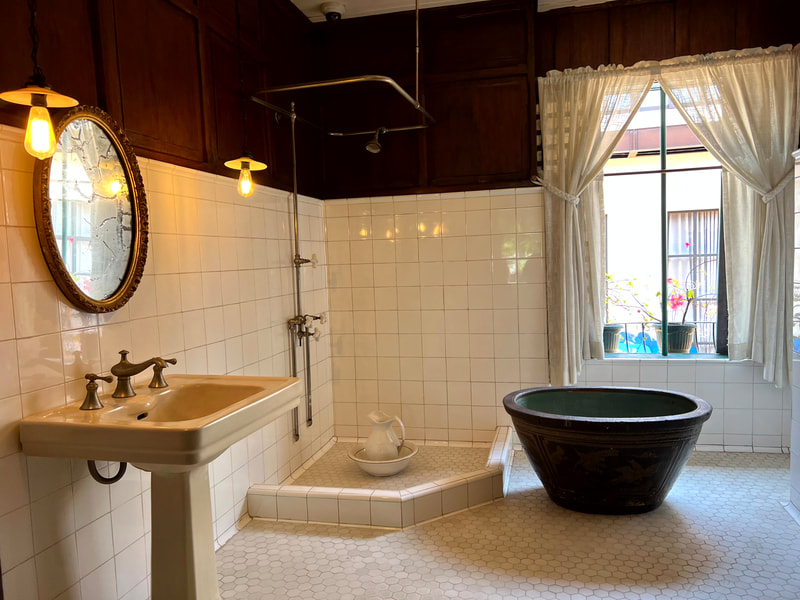
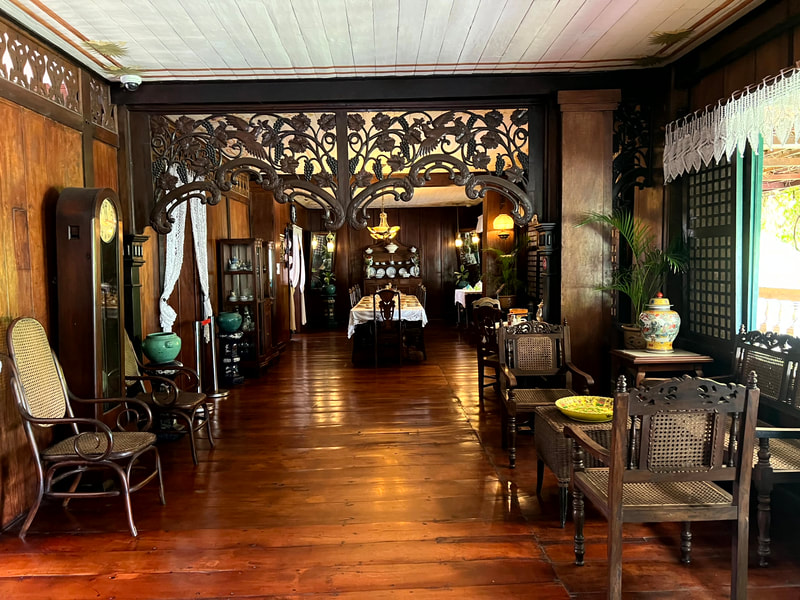
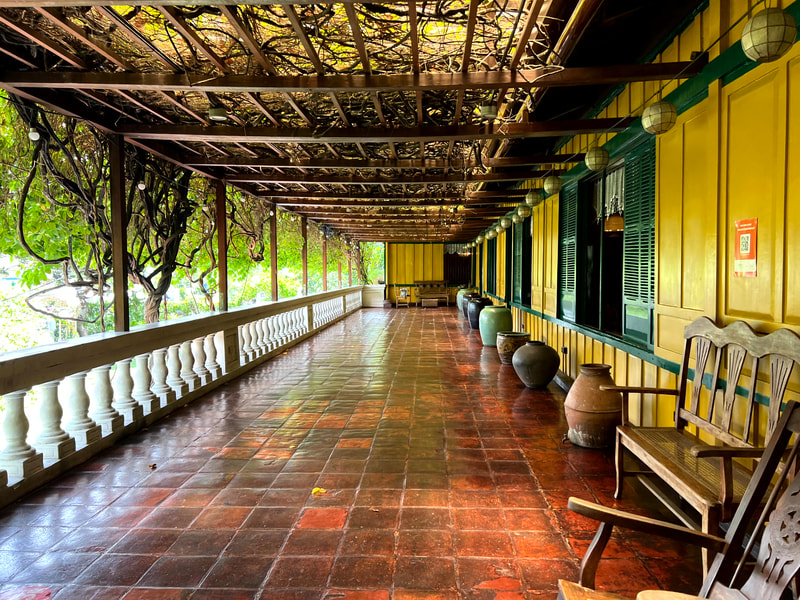
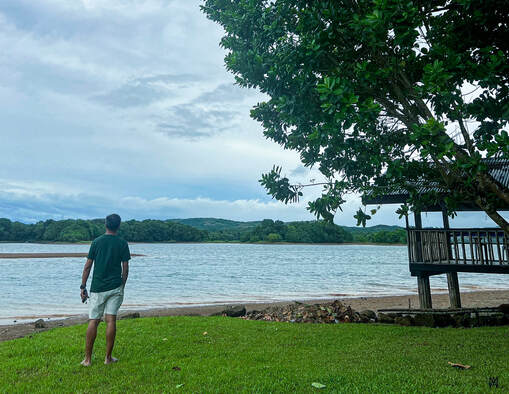
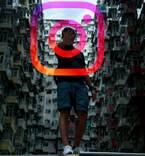






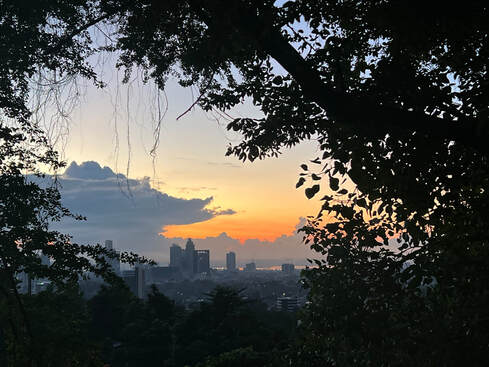
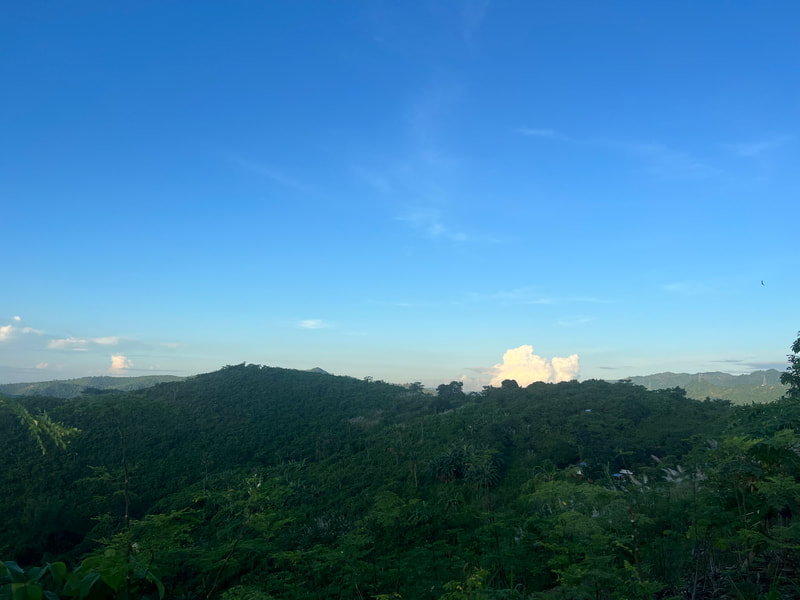
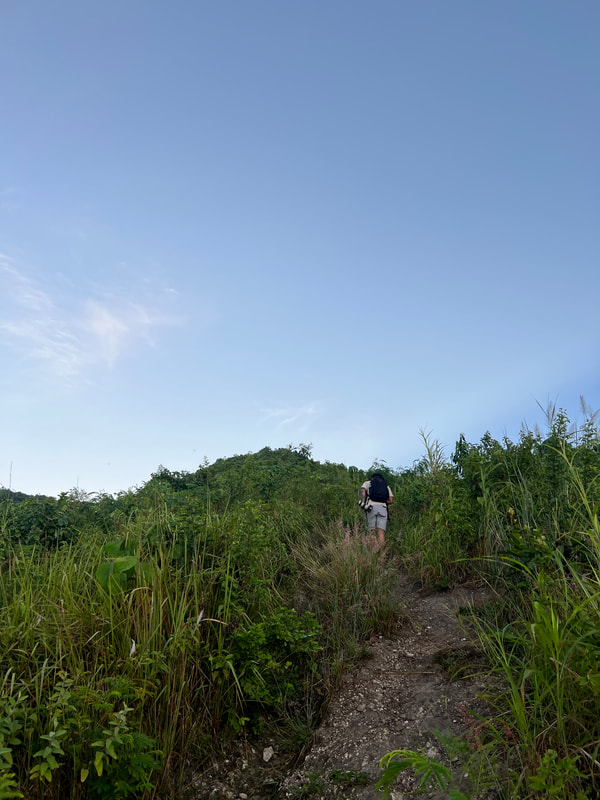
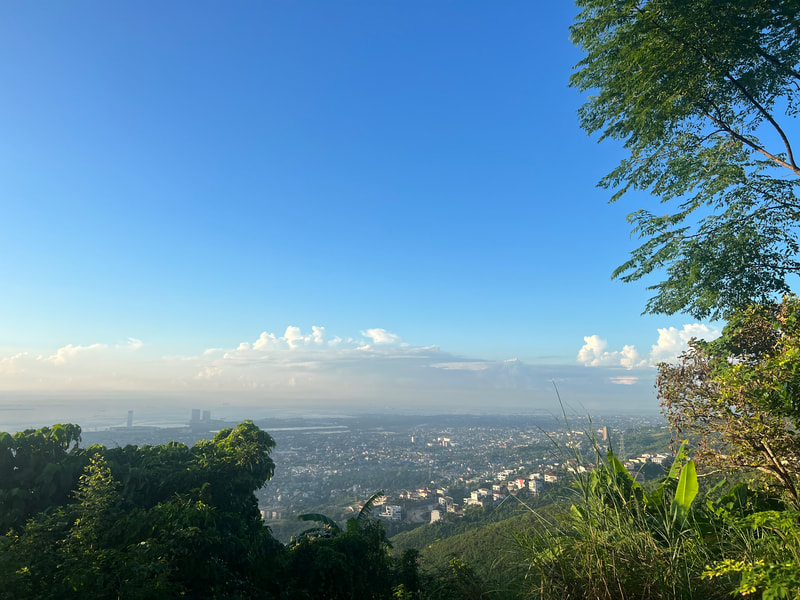

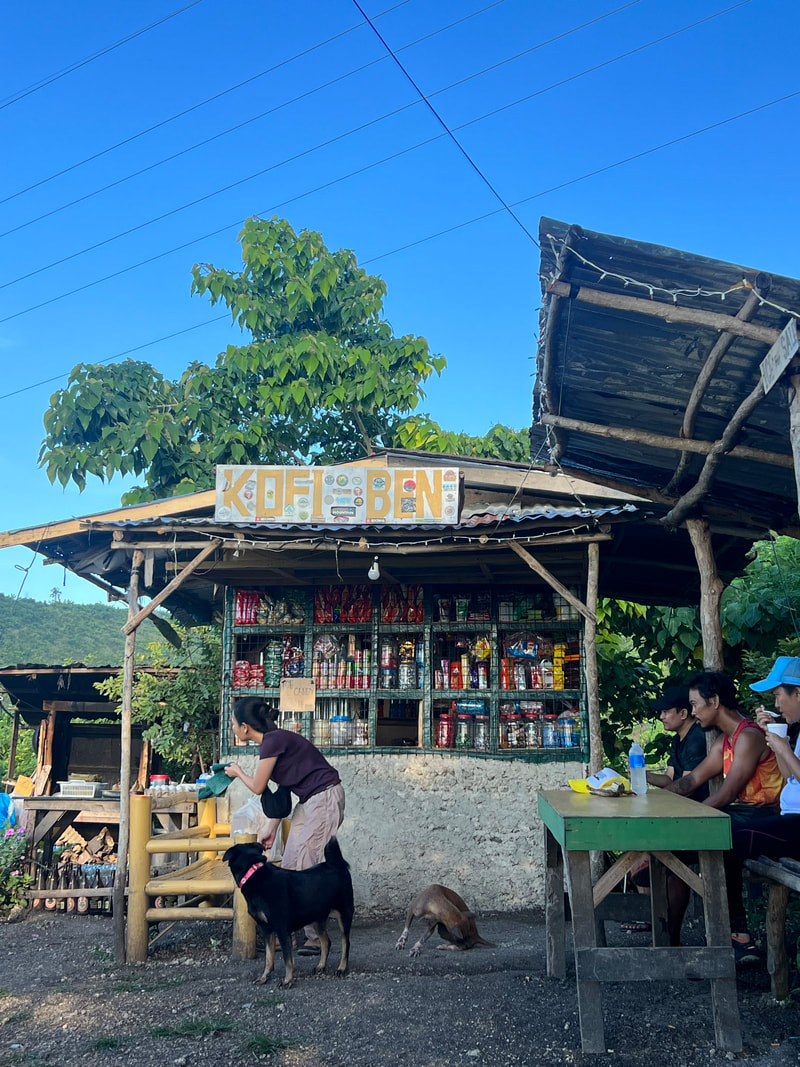
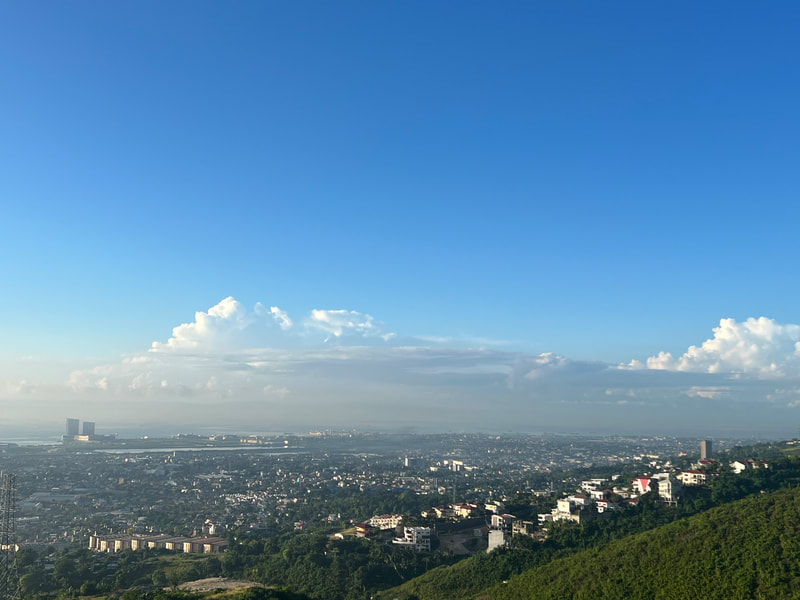
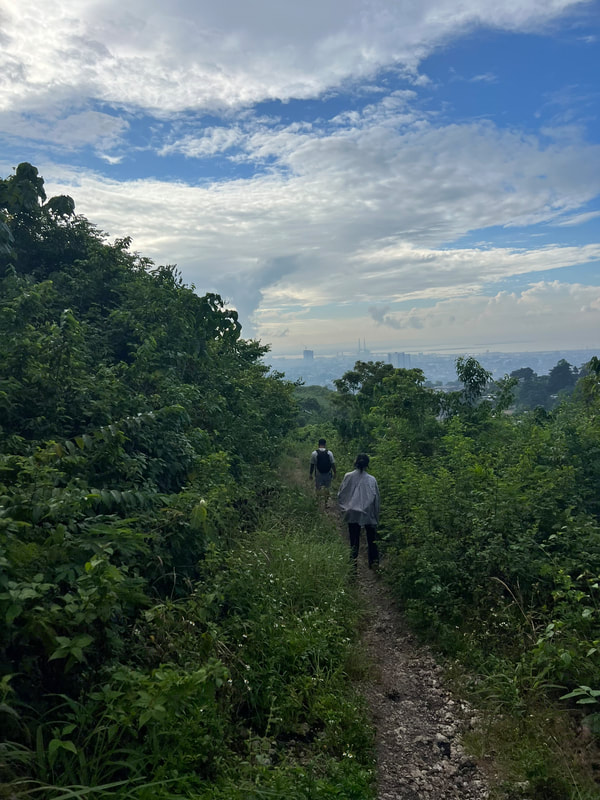
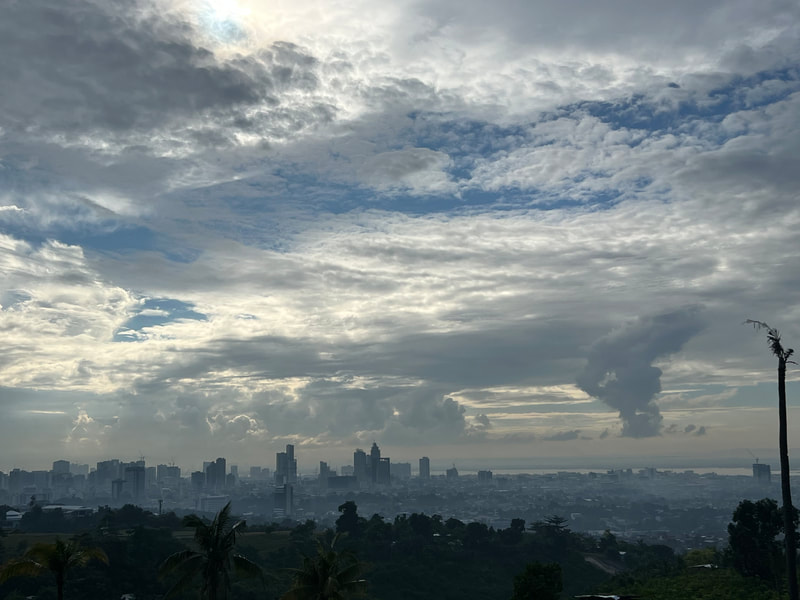
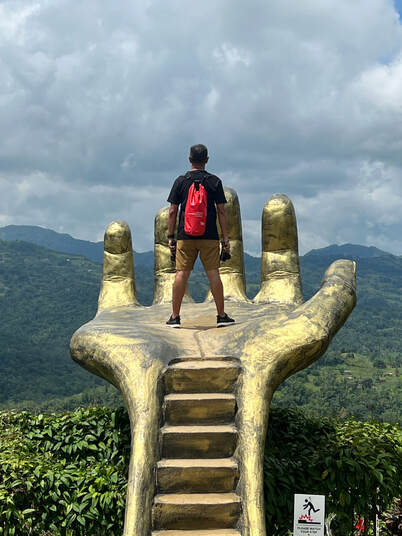
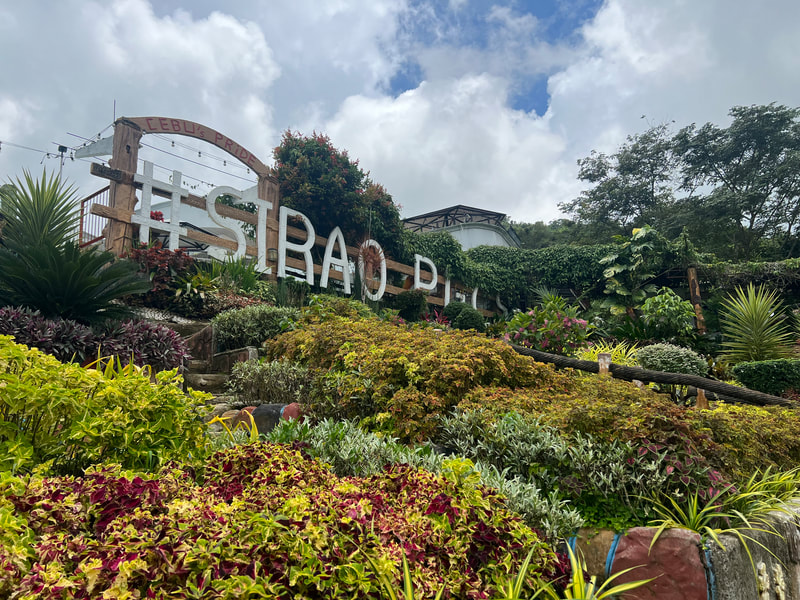
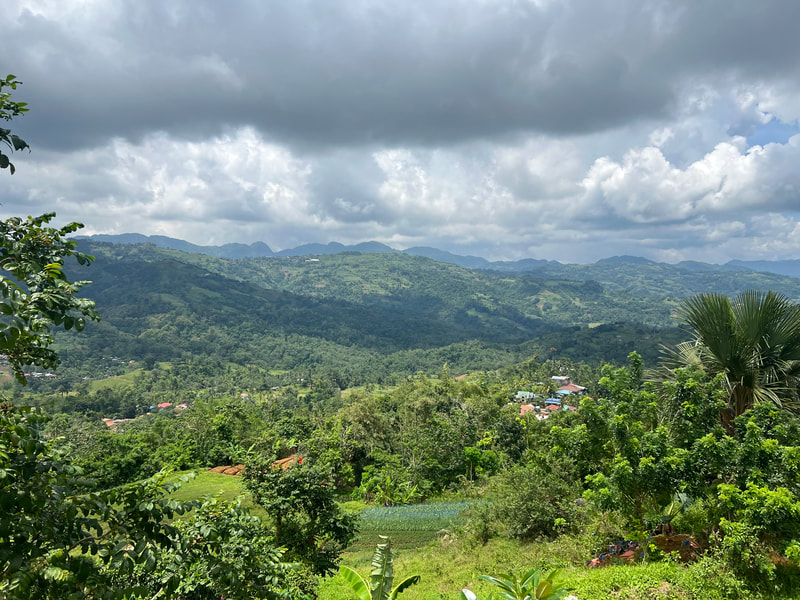
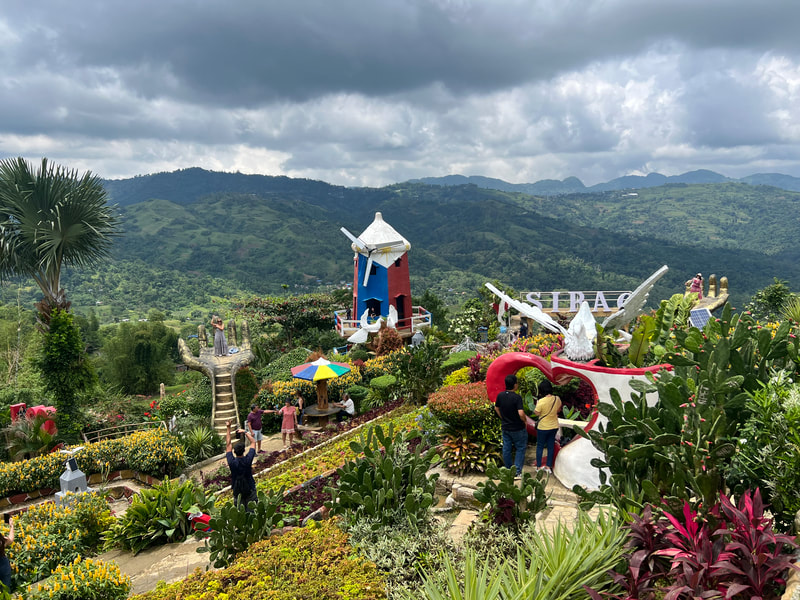
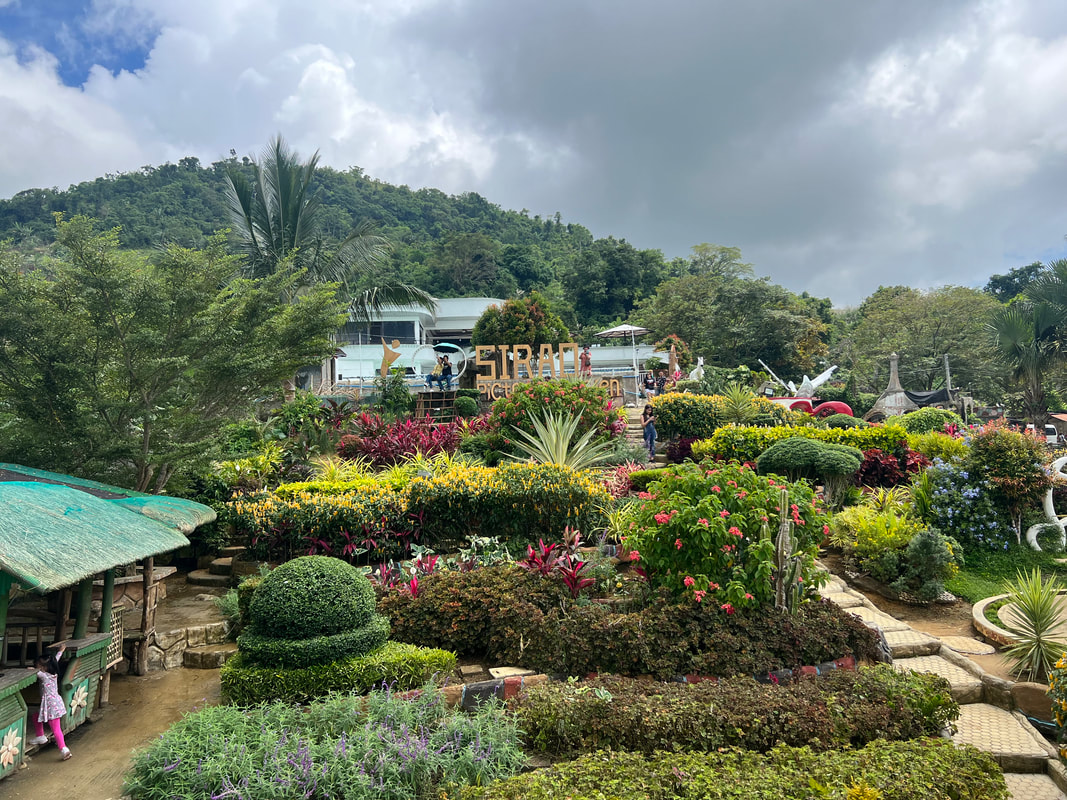
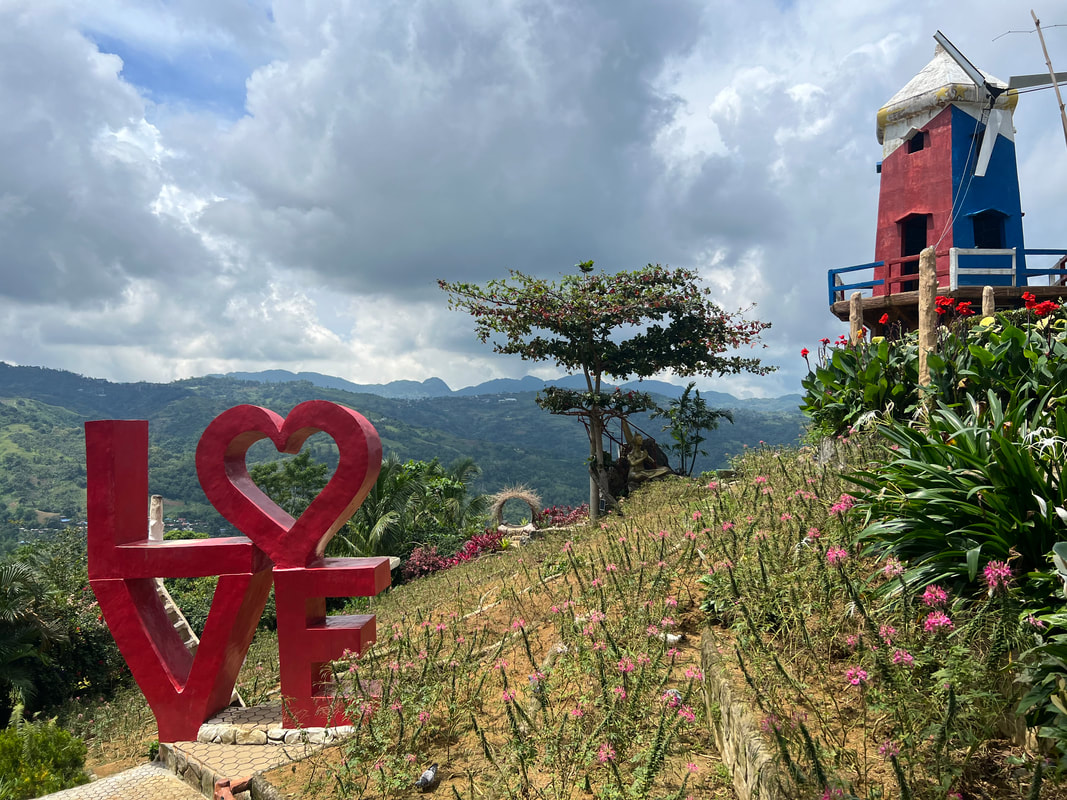
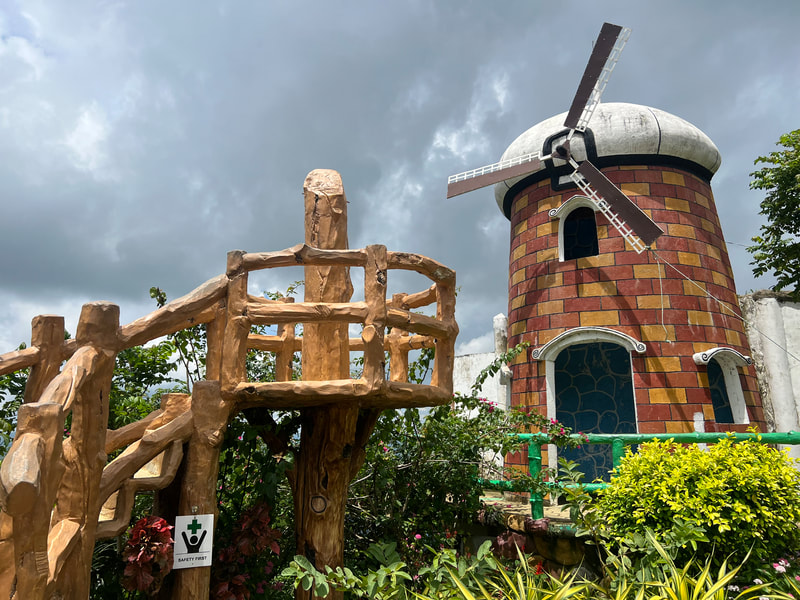
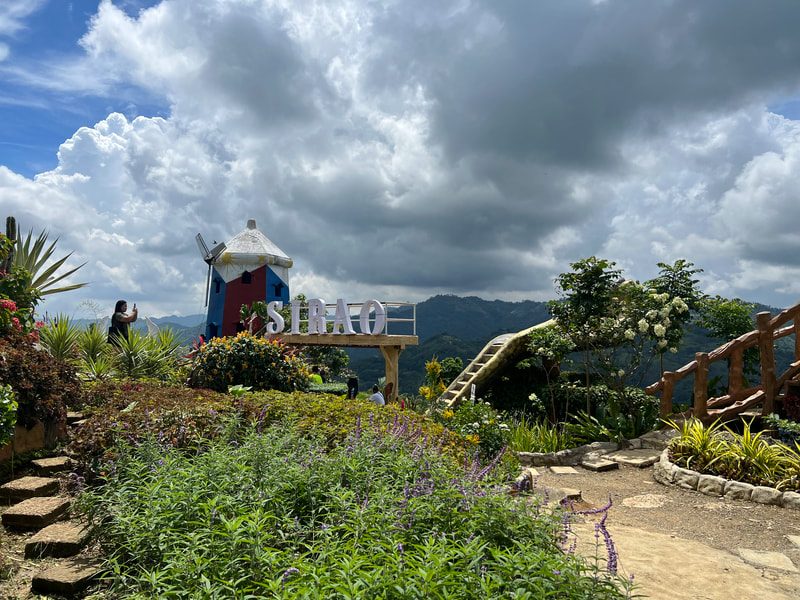
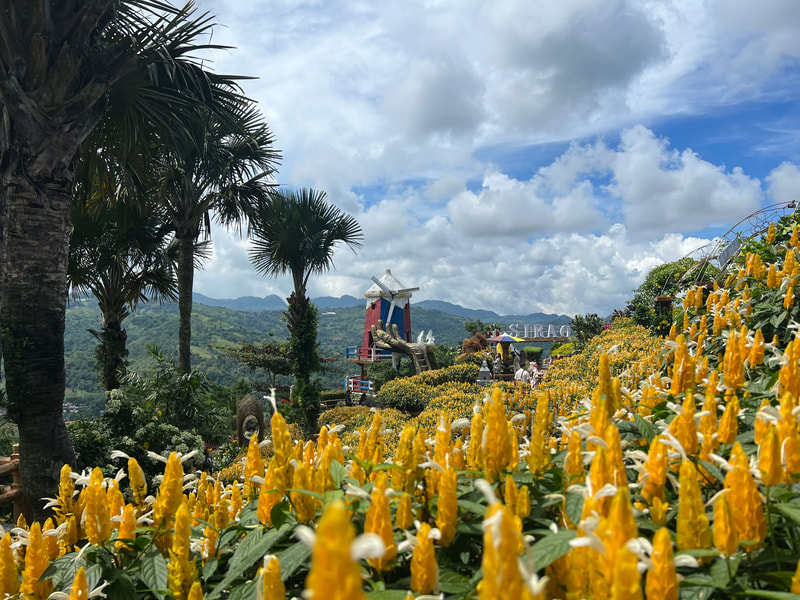
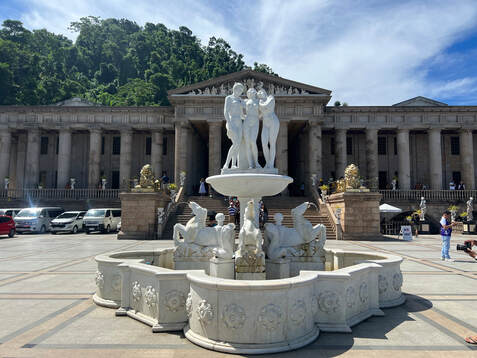

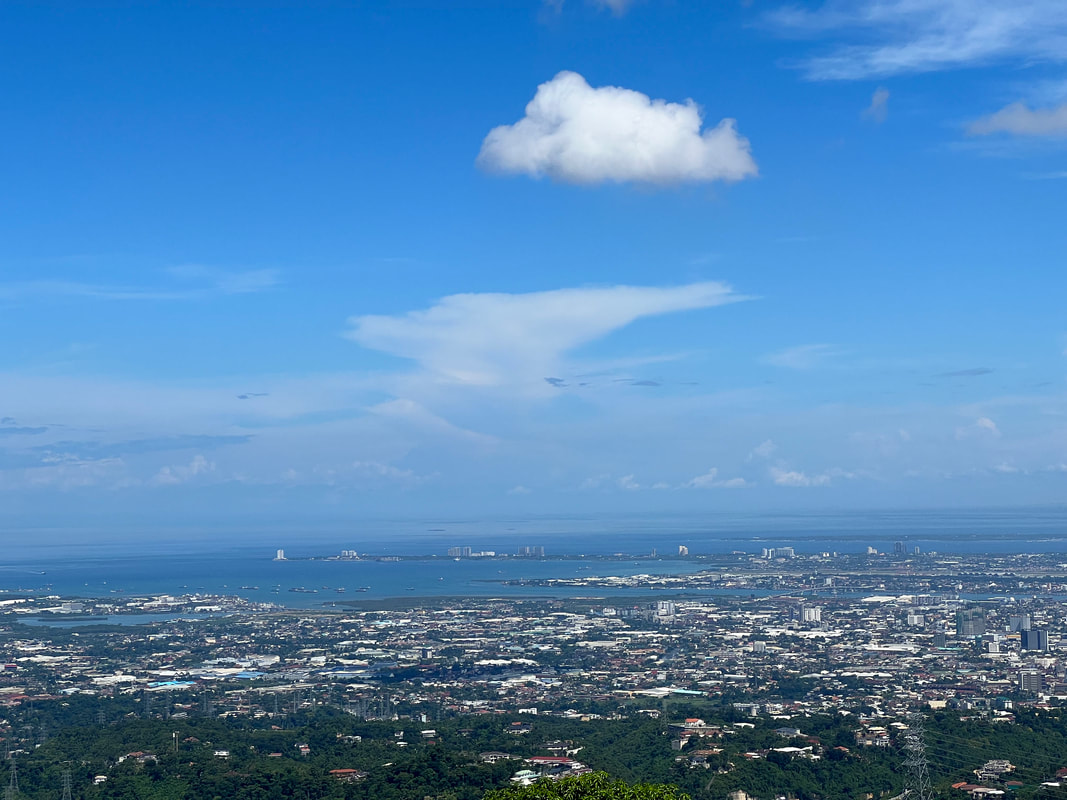

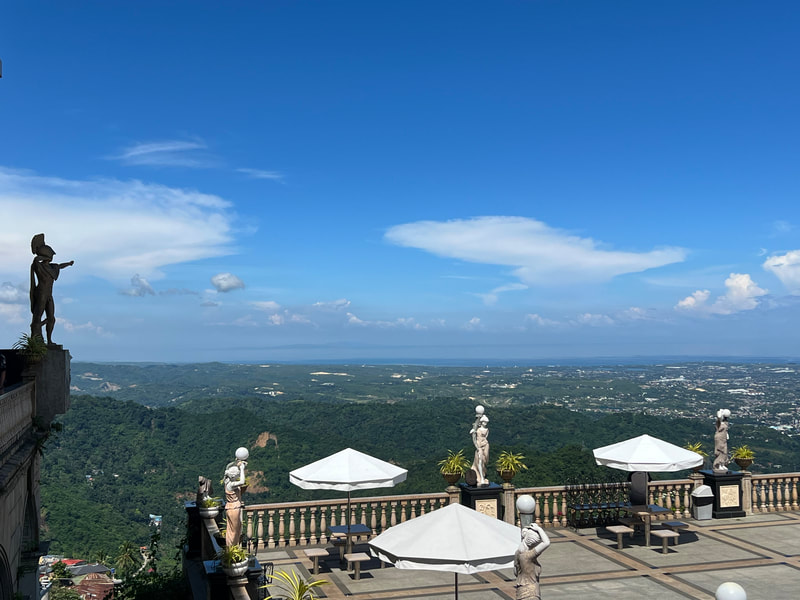
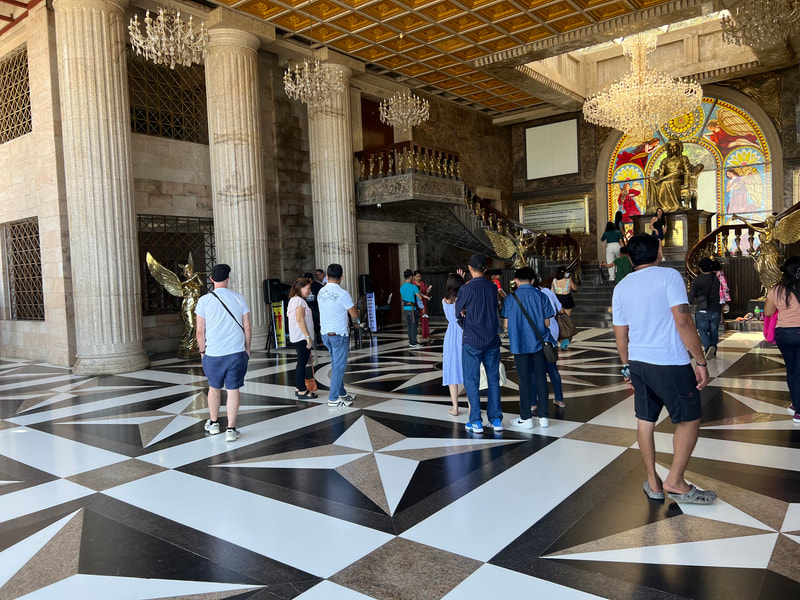
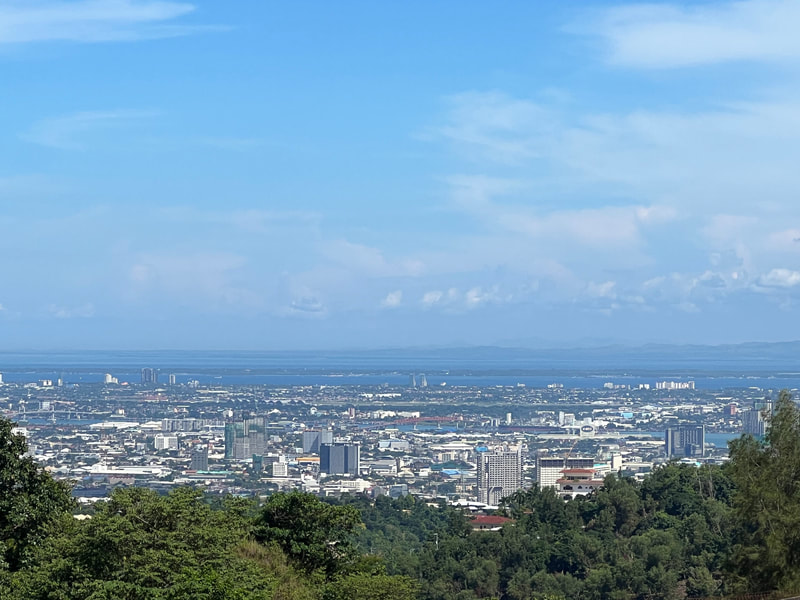
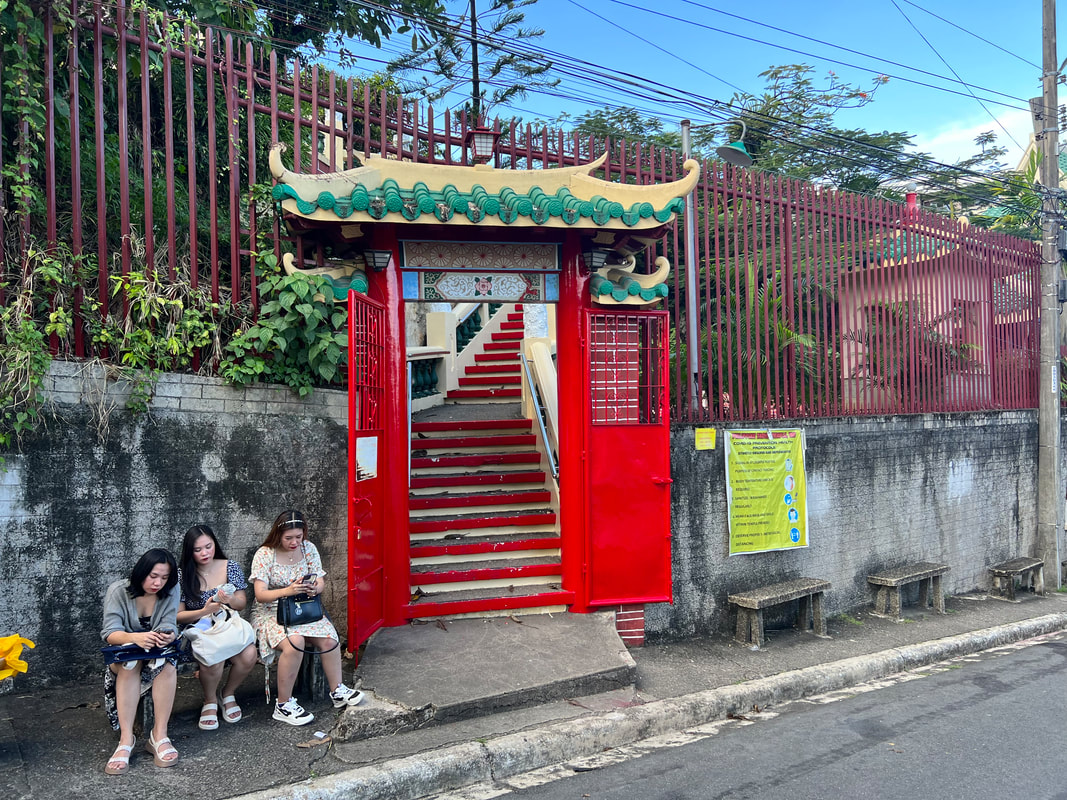
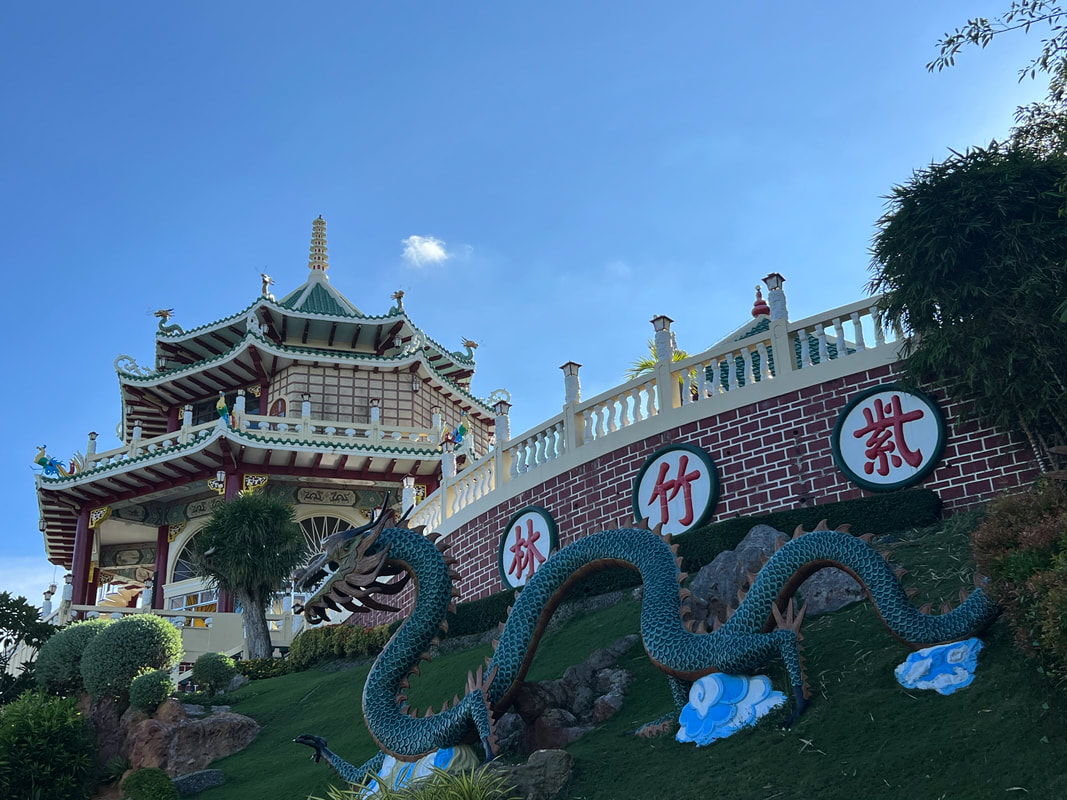
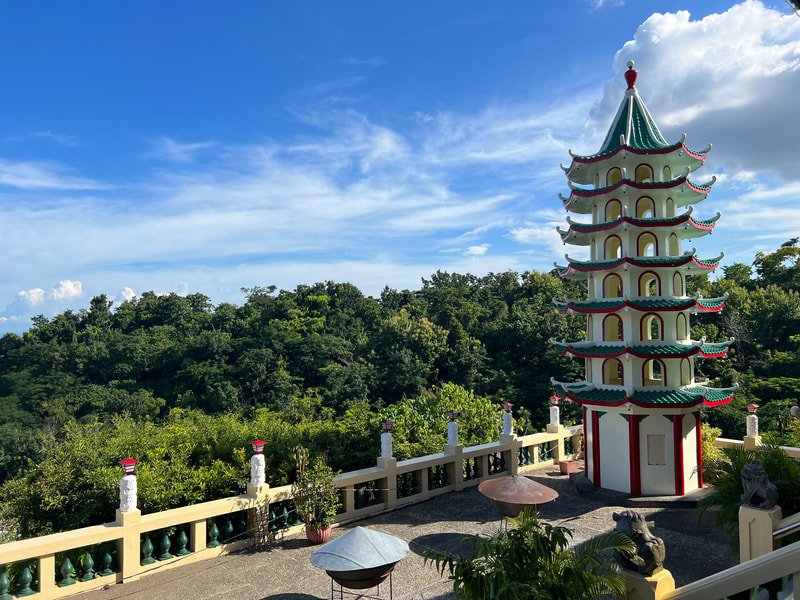
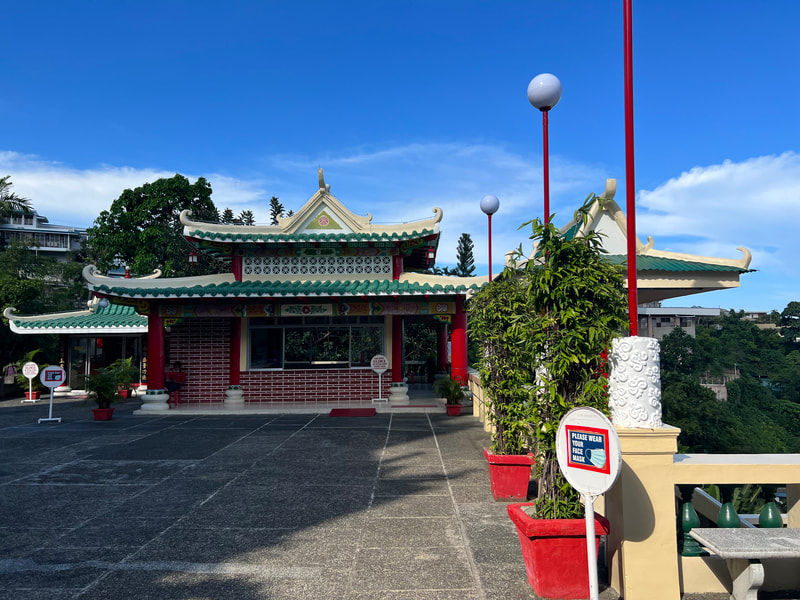
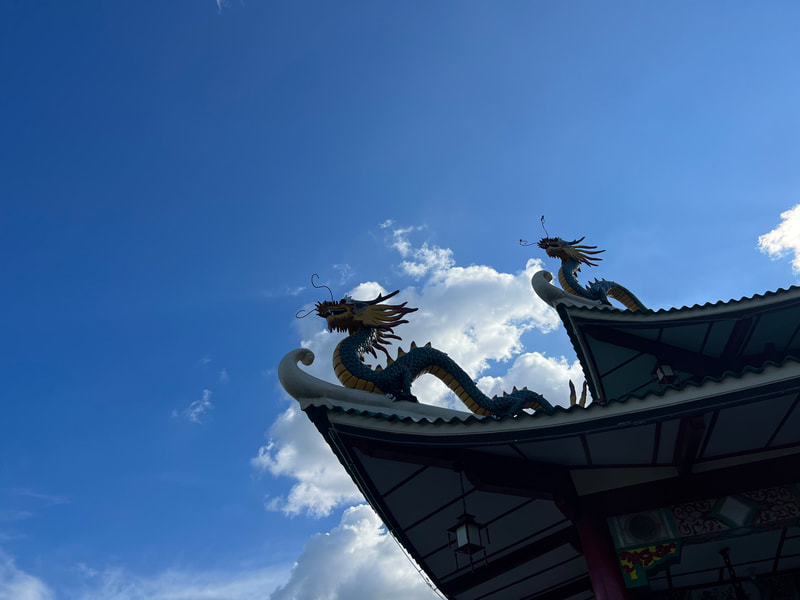
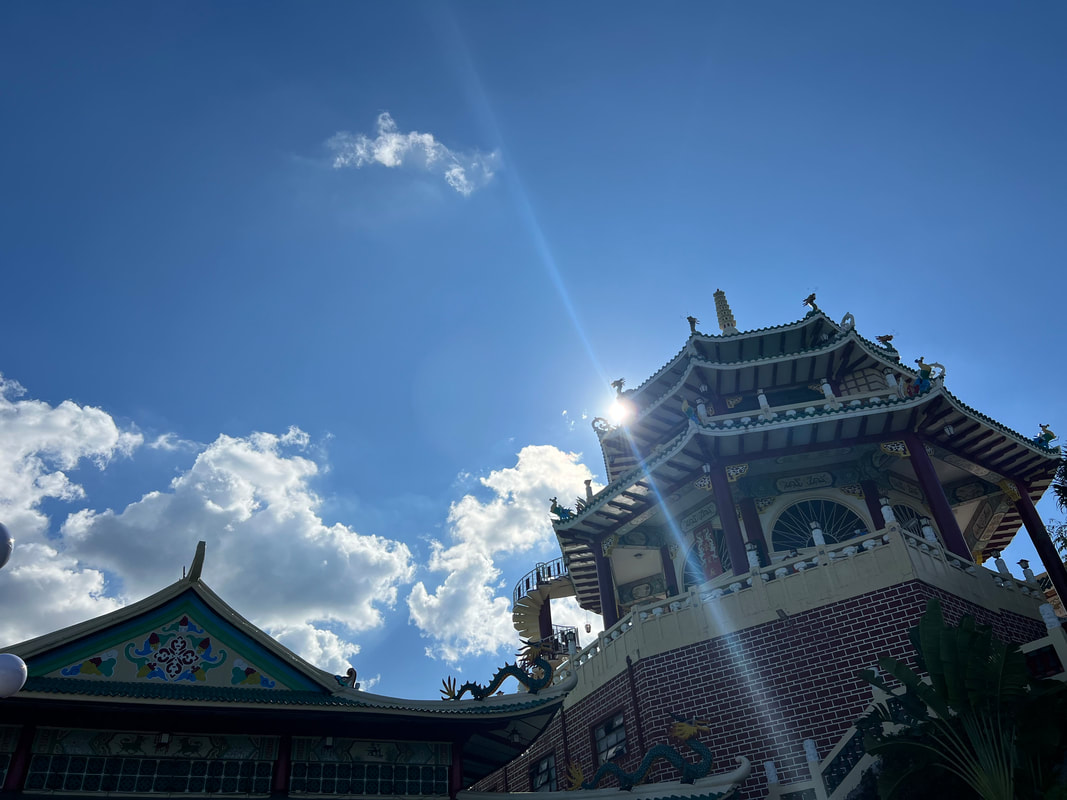
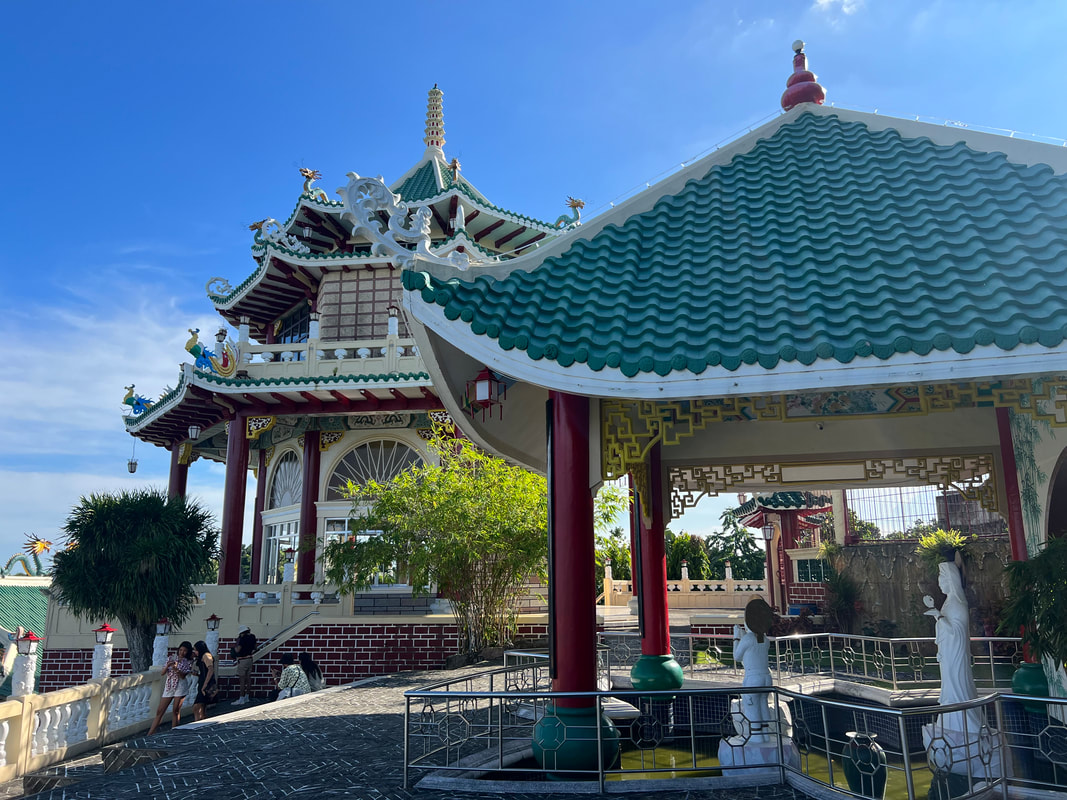
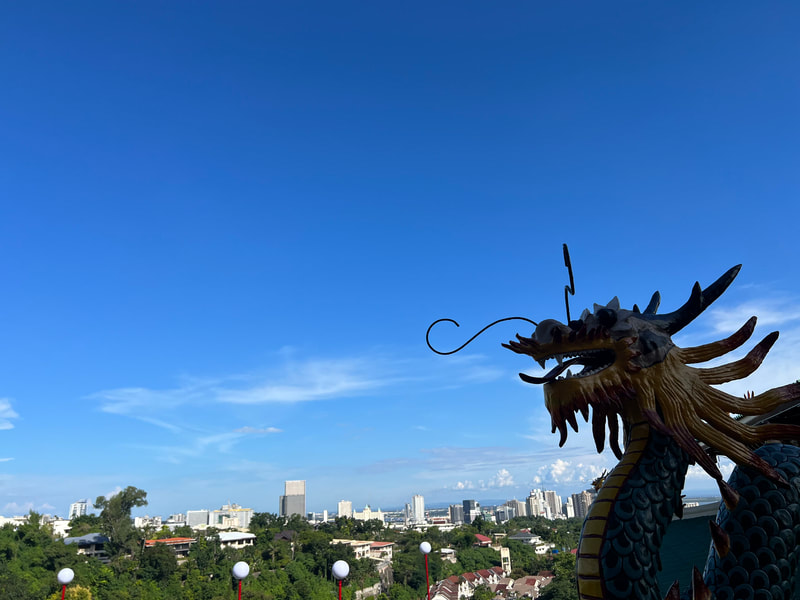
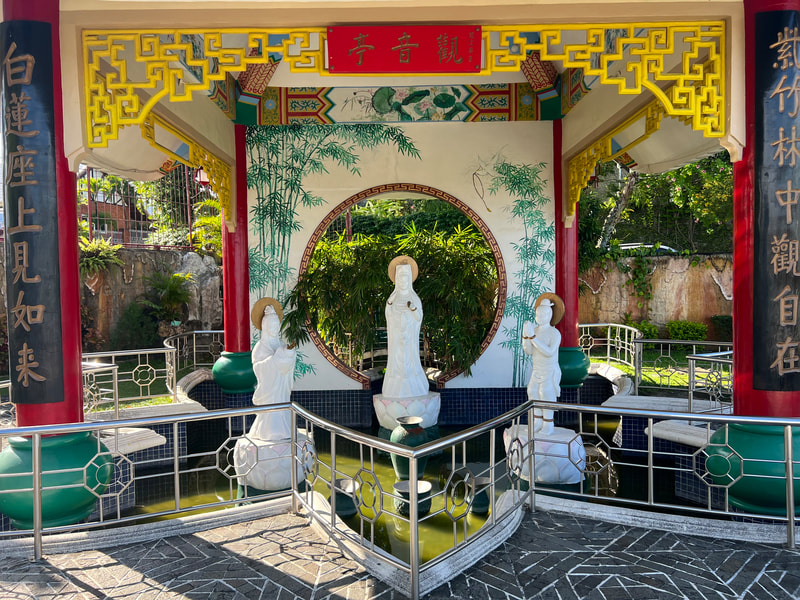
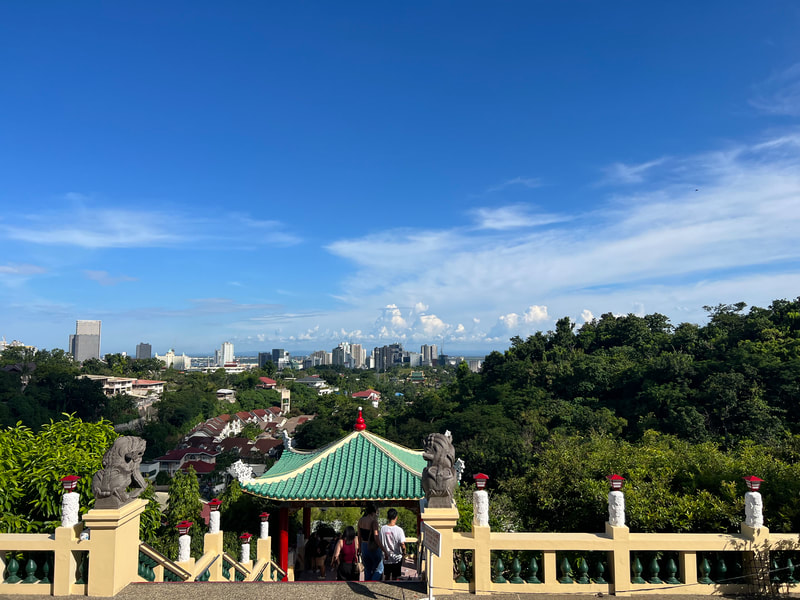
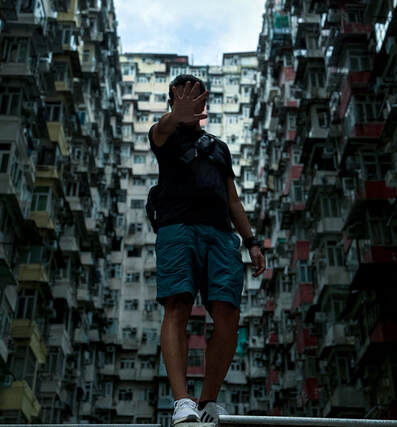
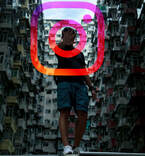
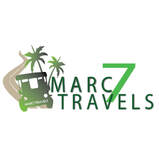
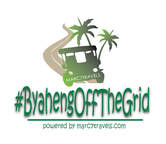
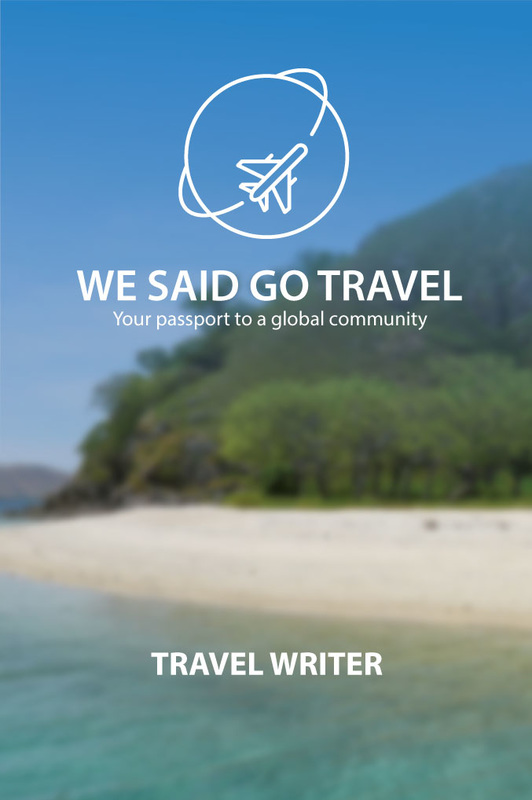
 RSS Feed
RSS Feed